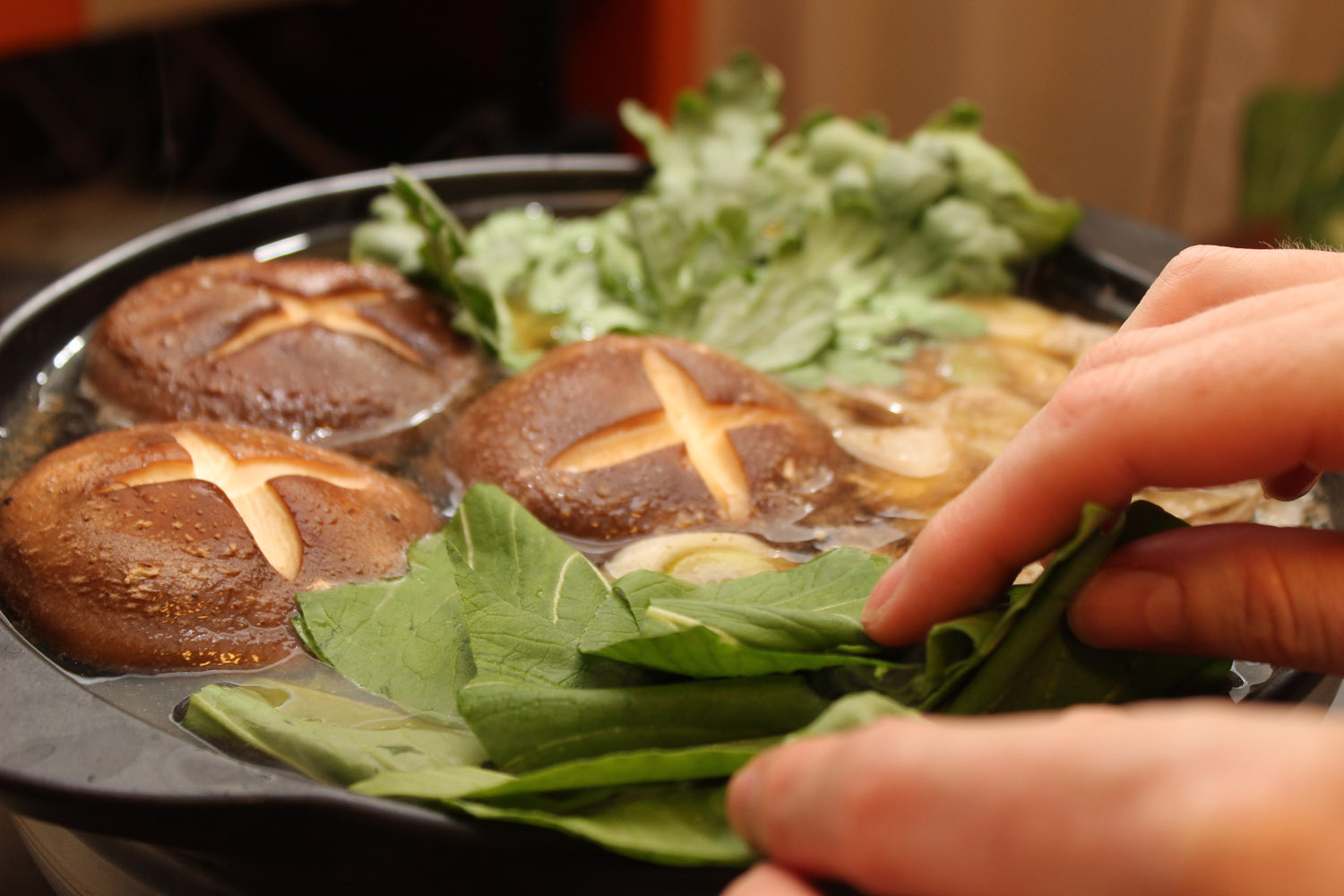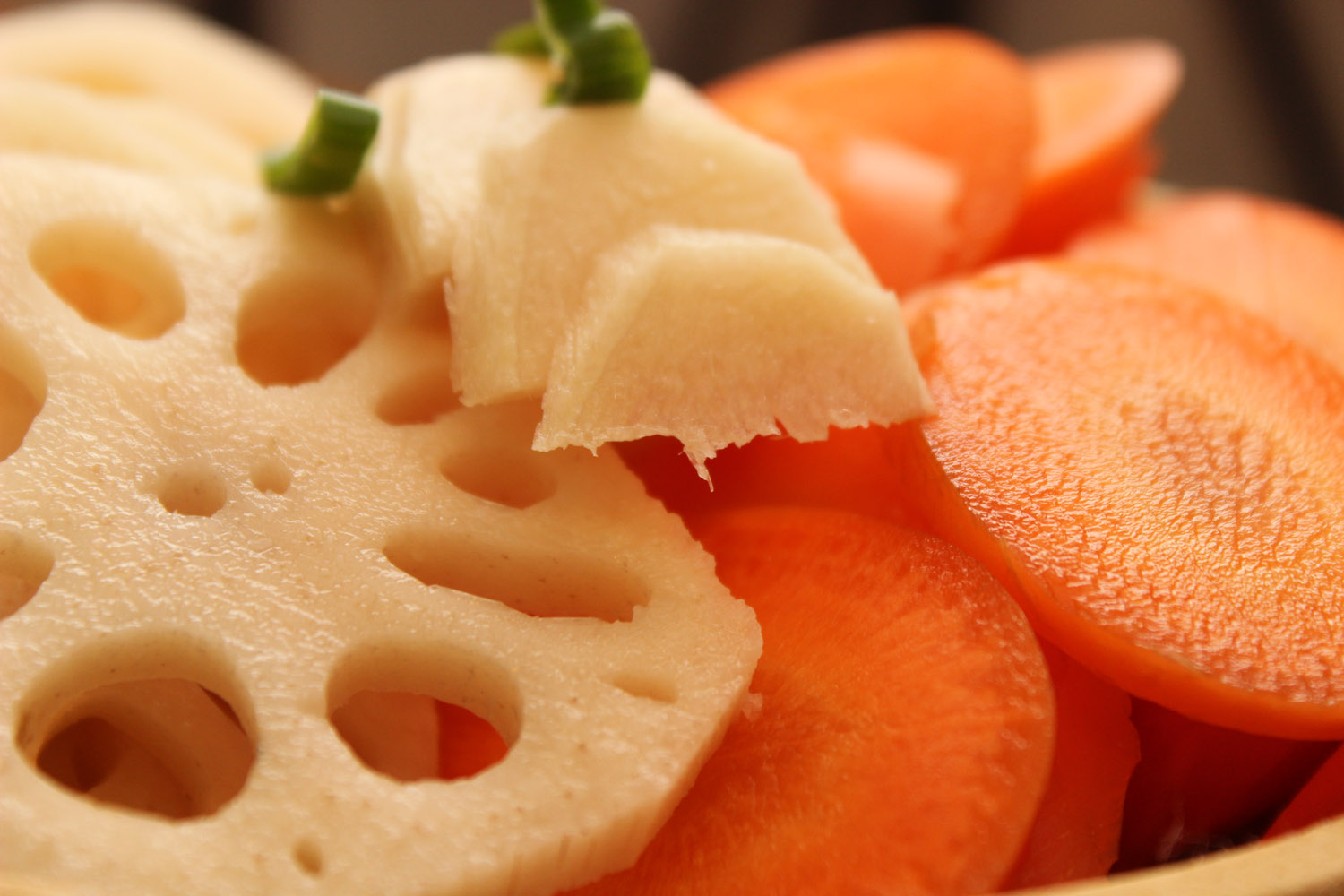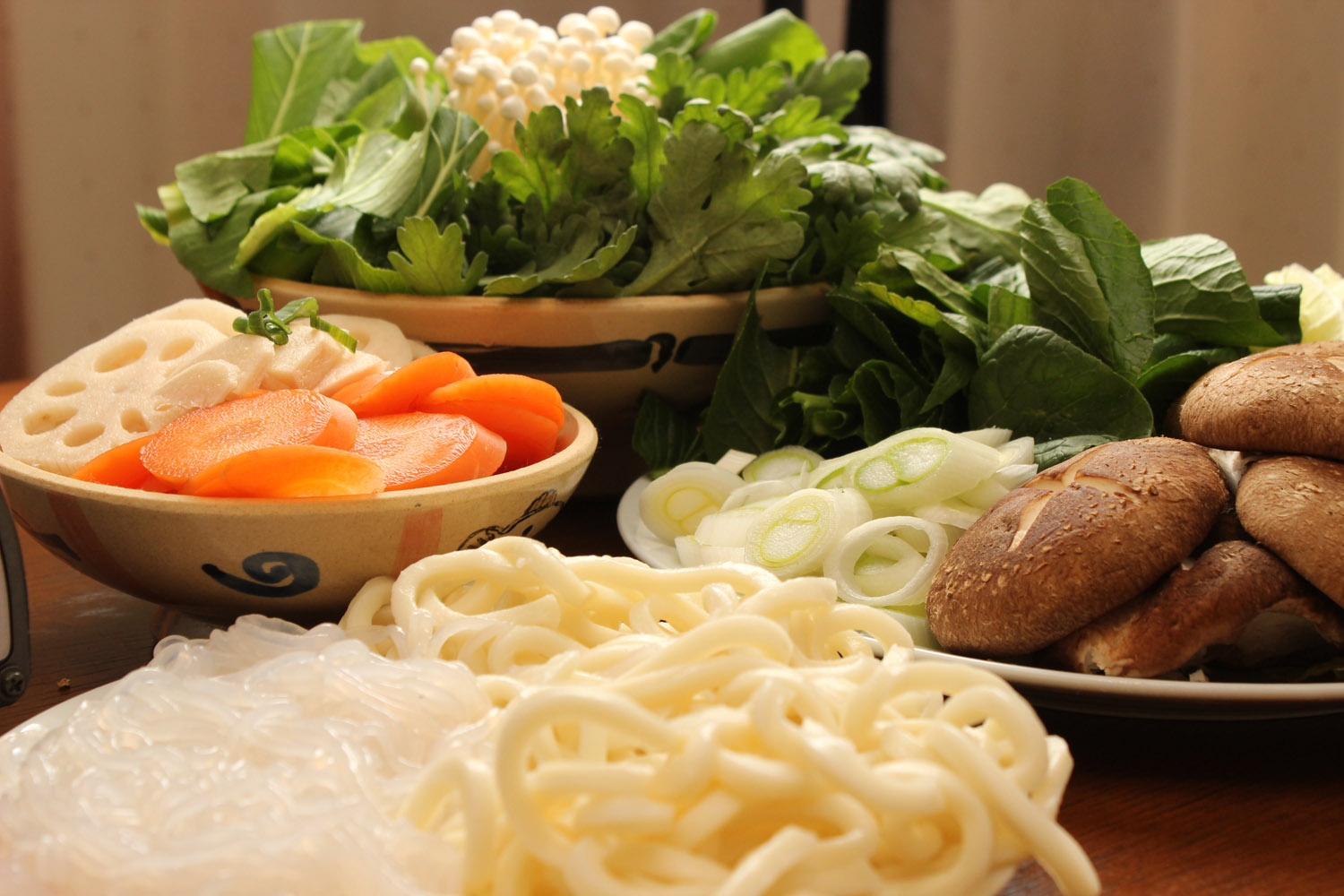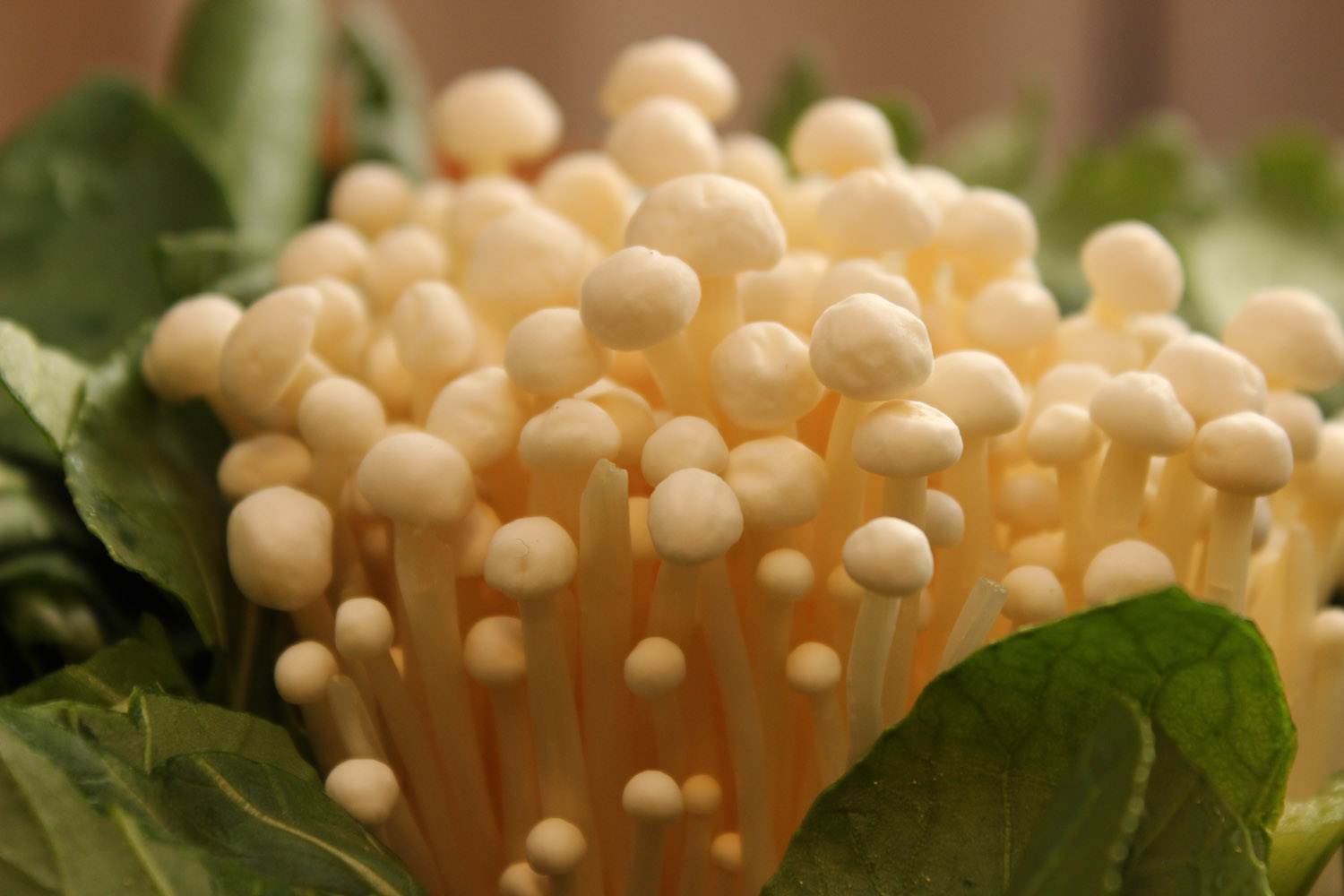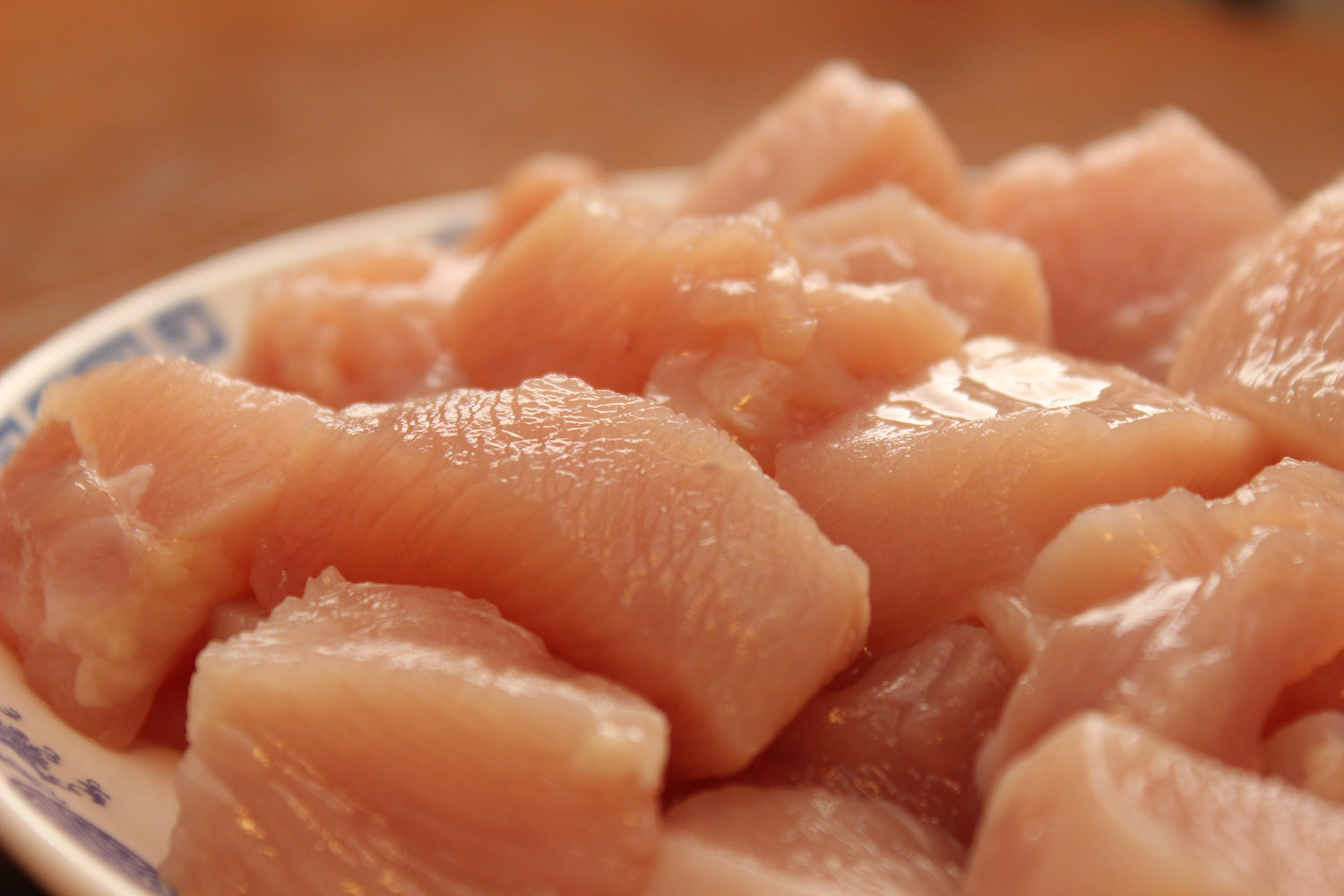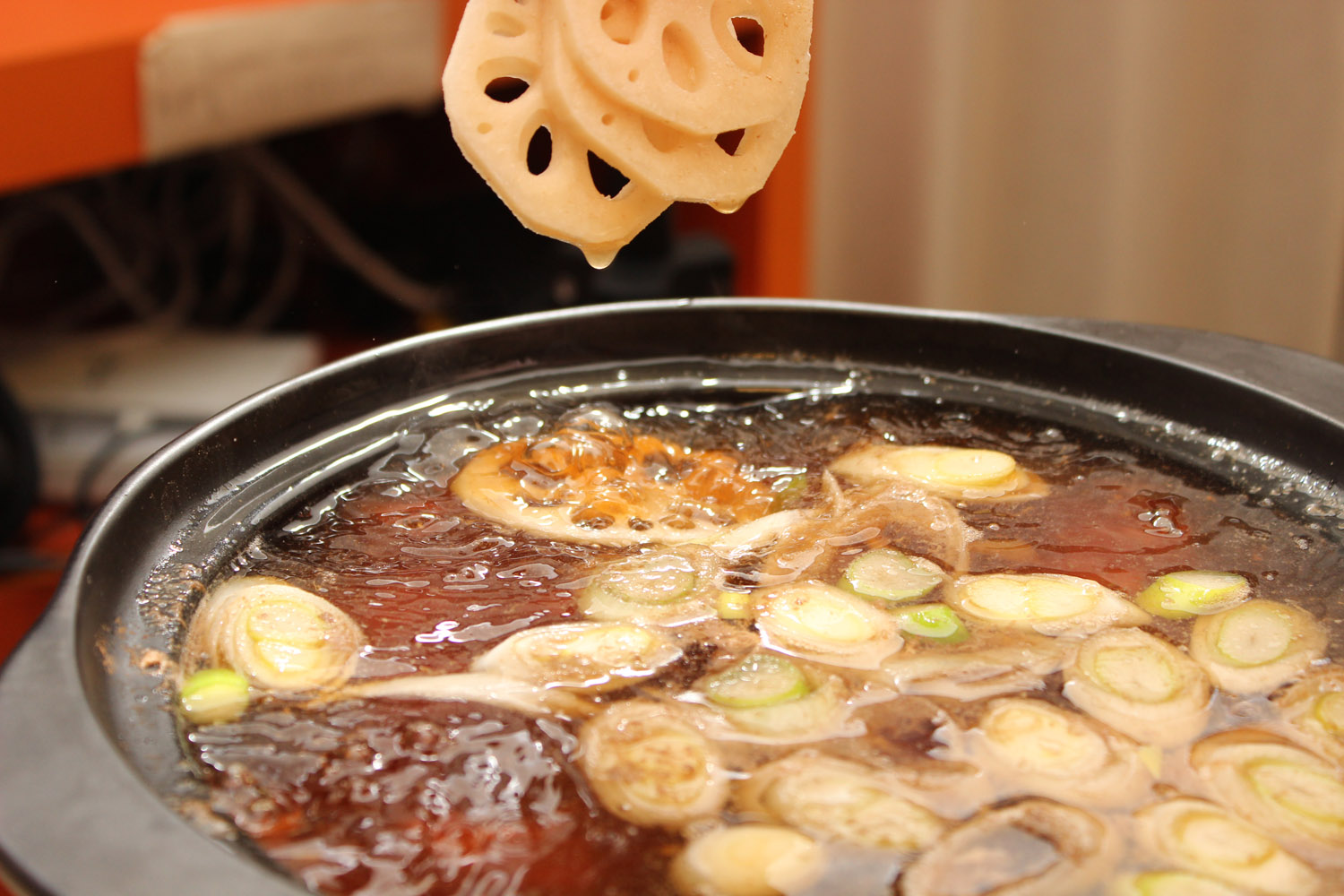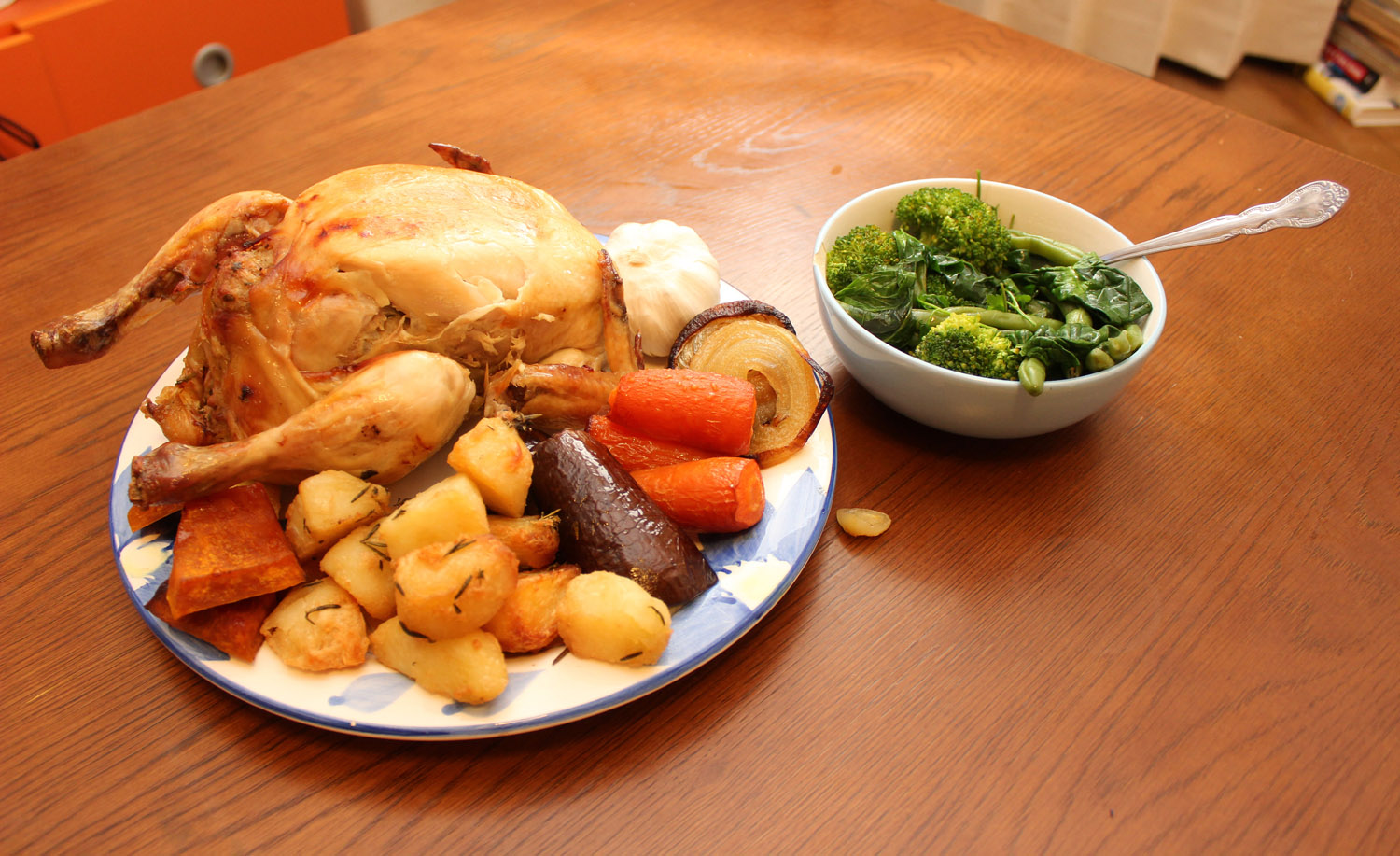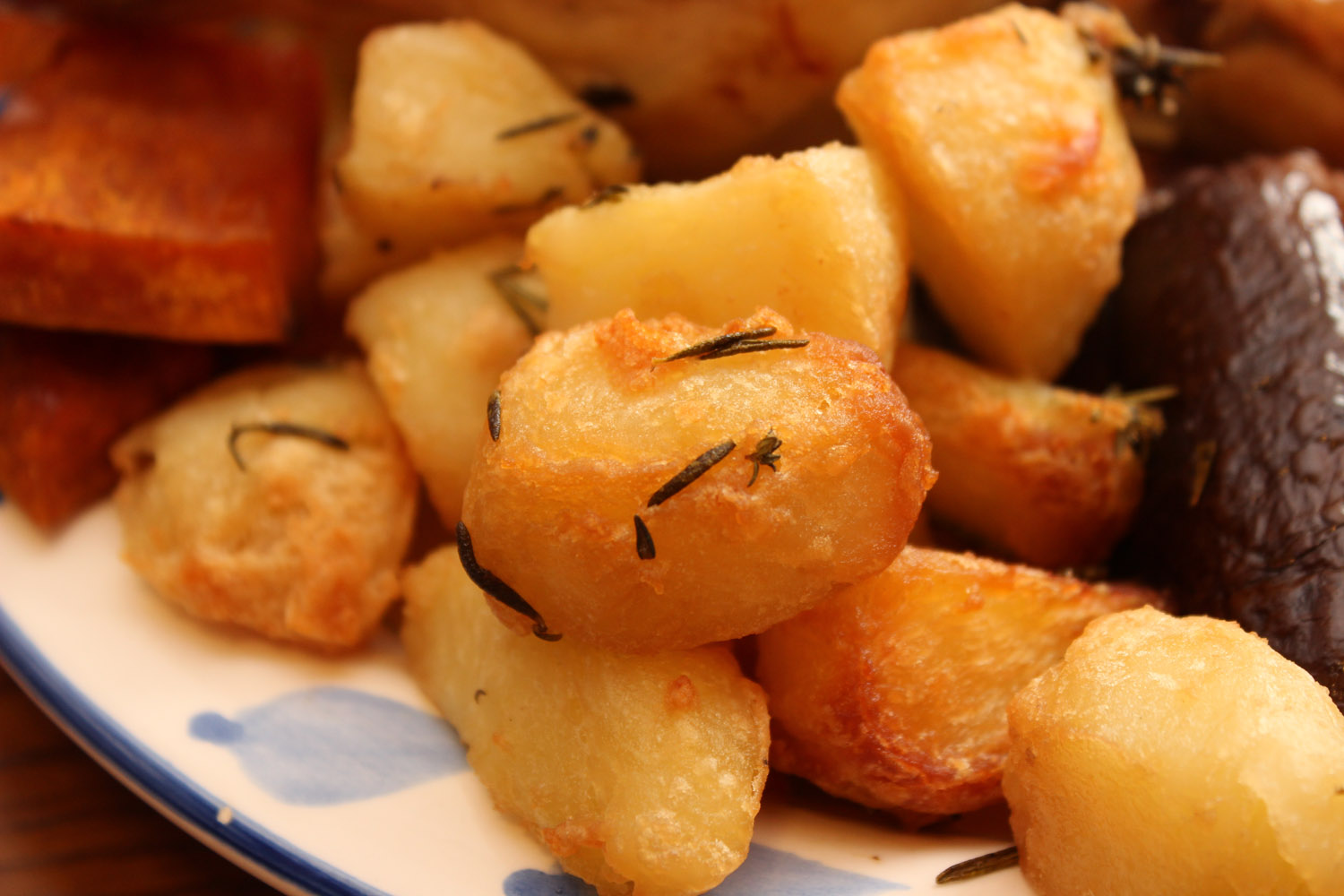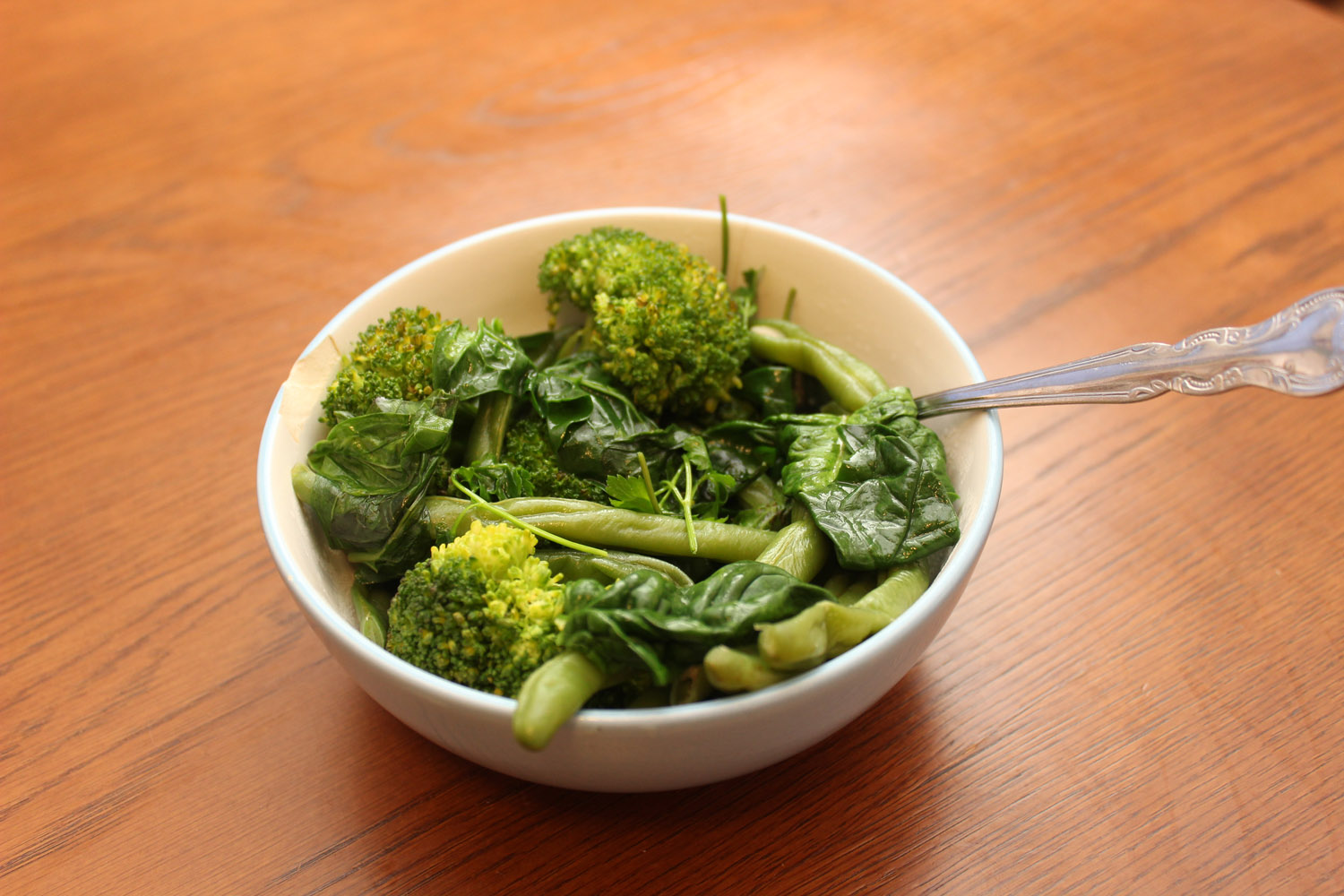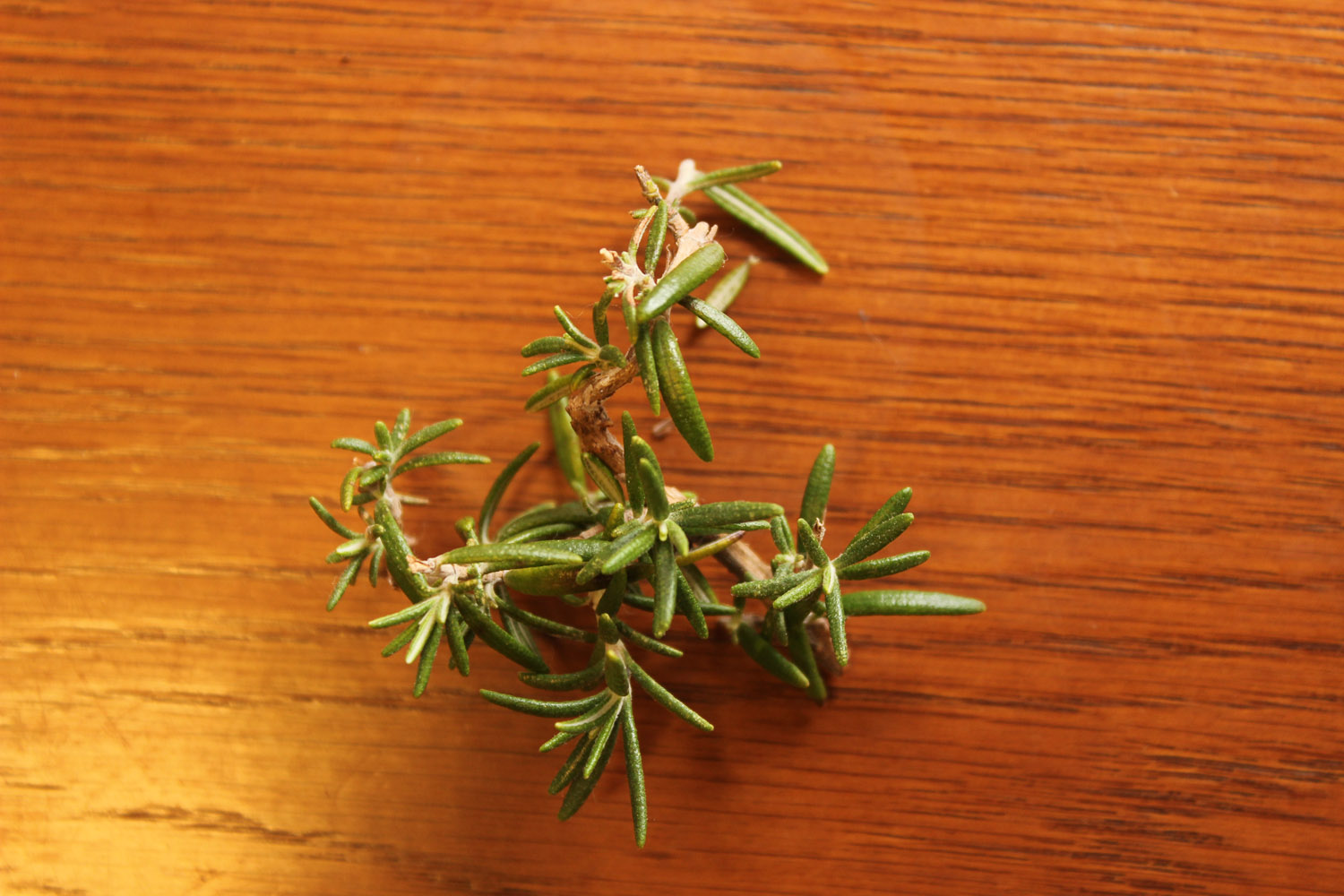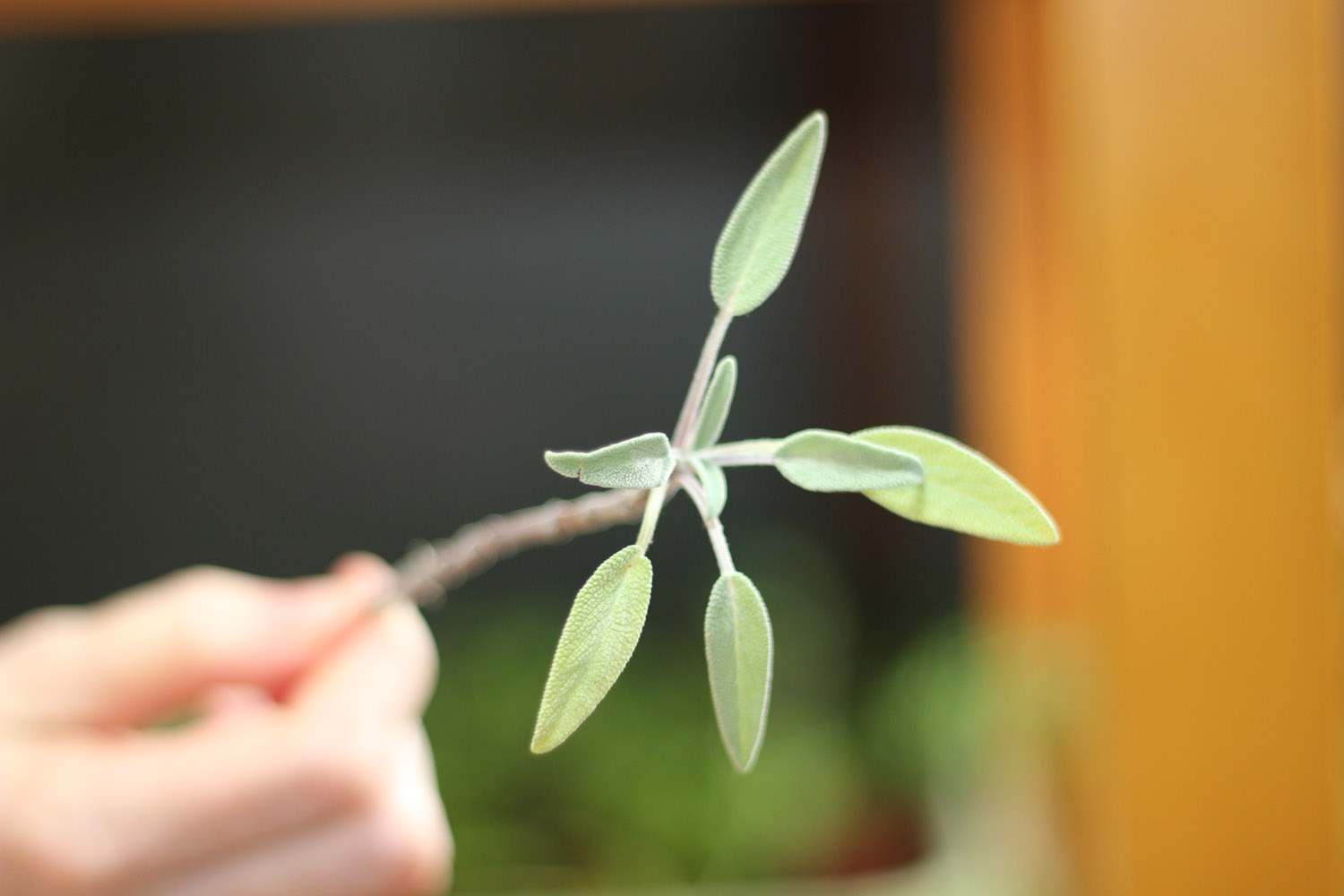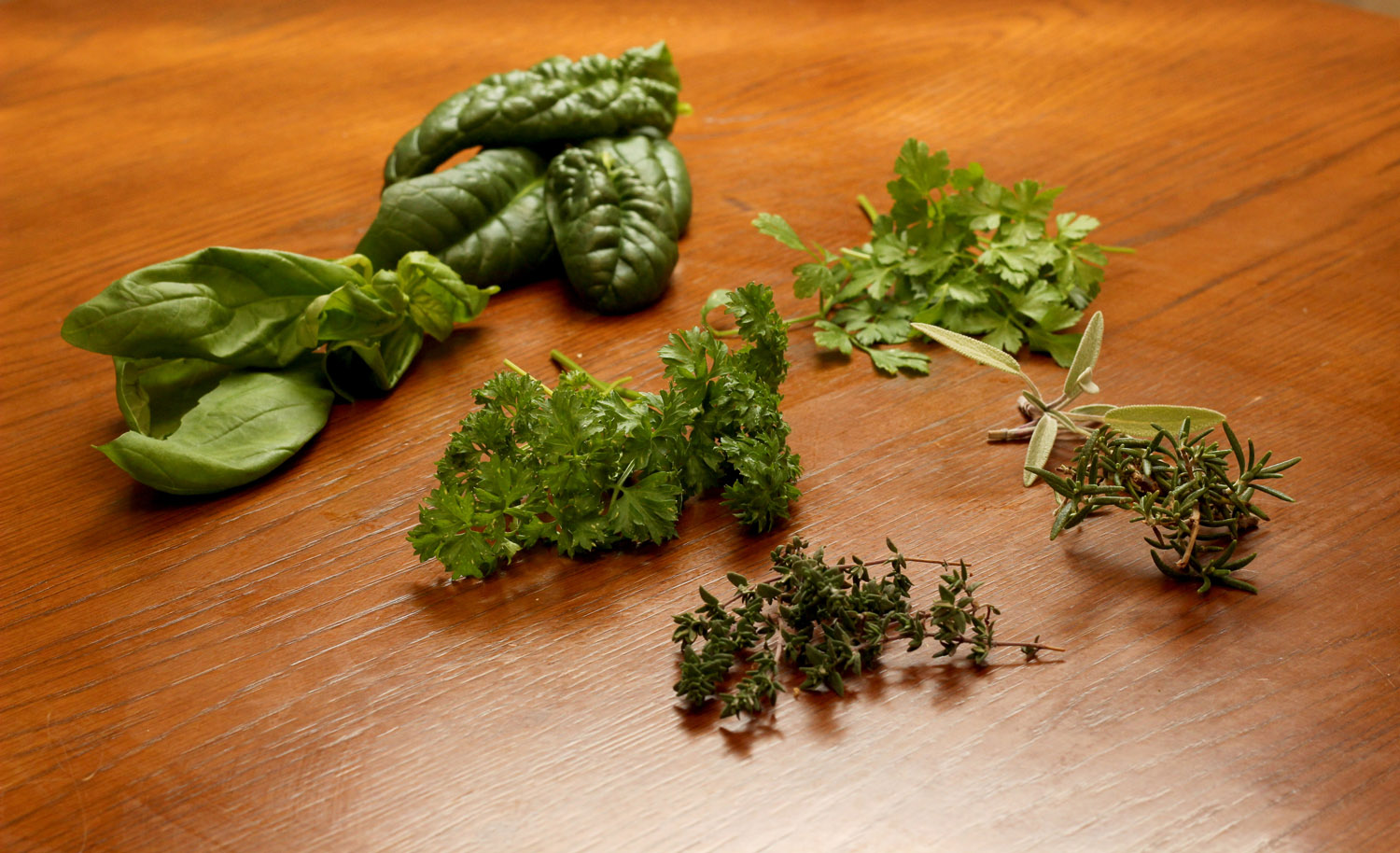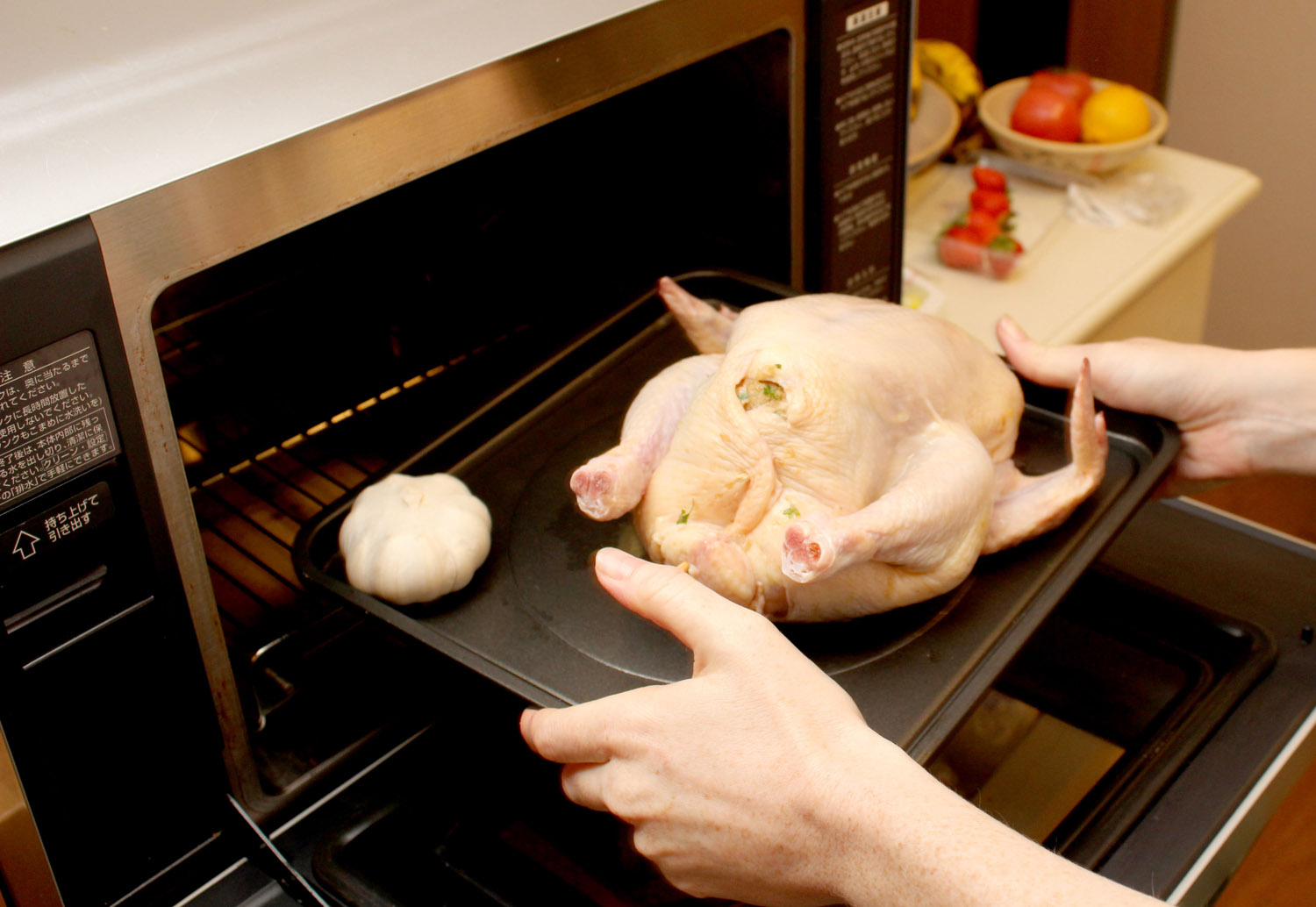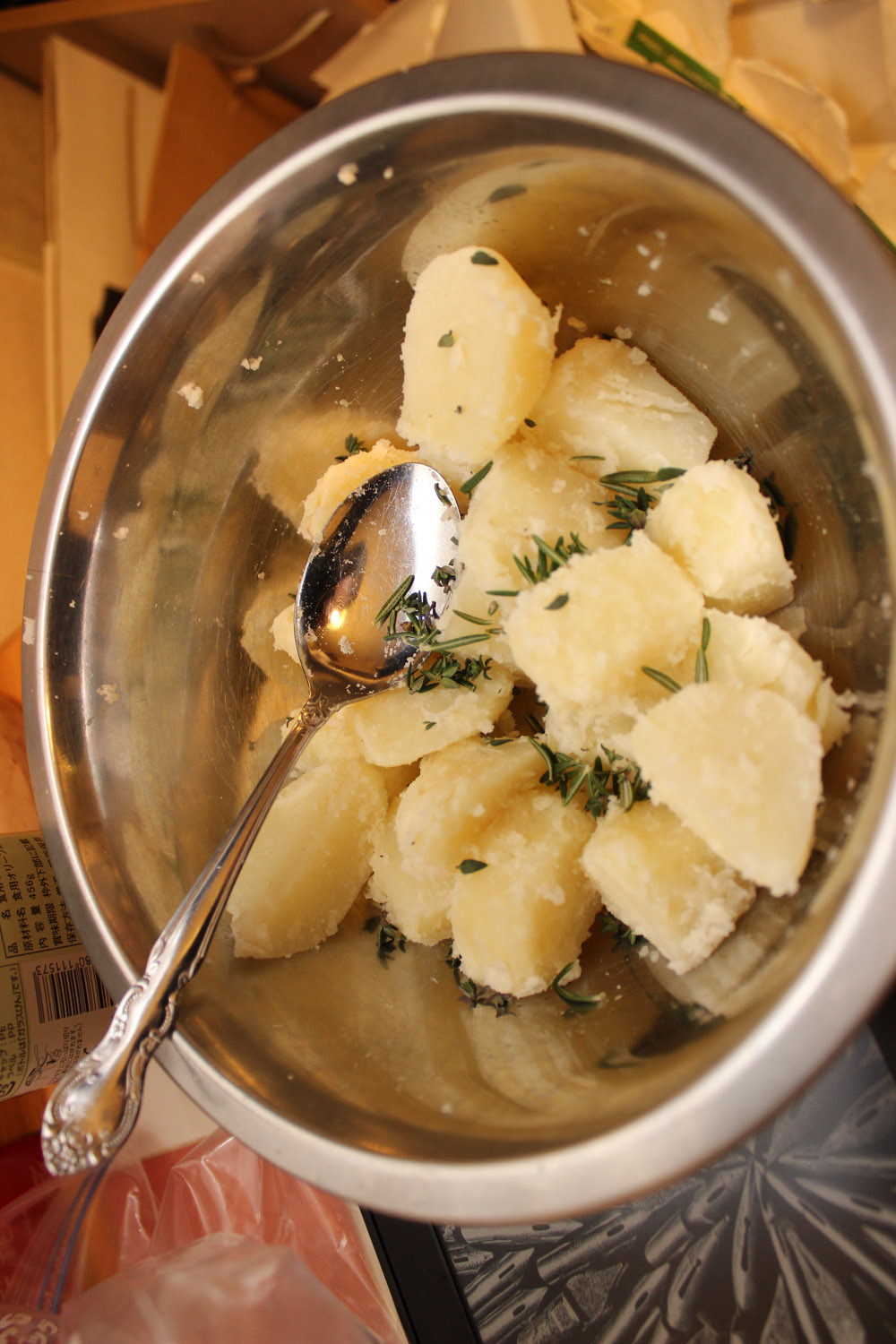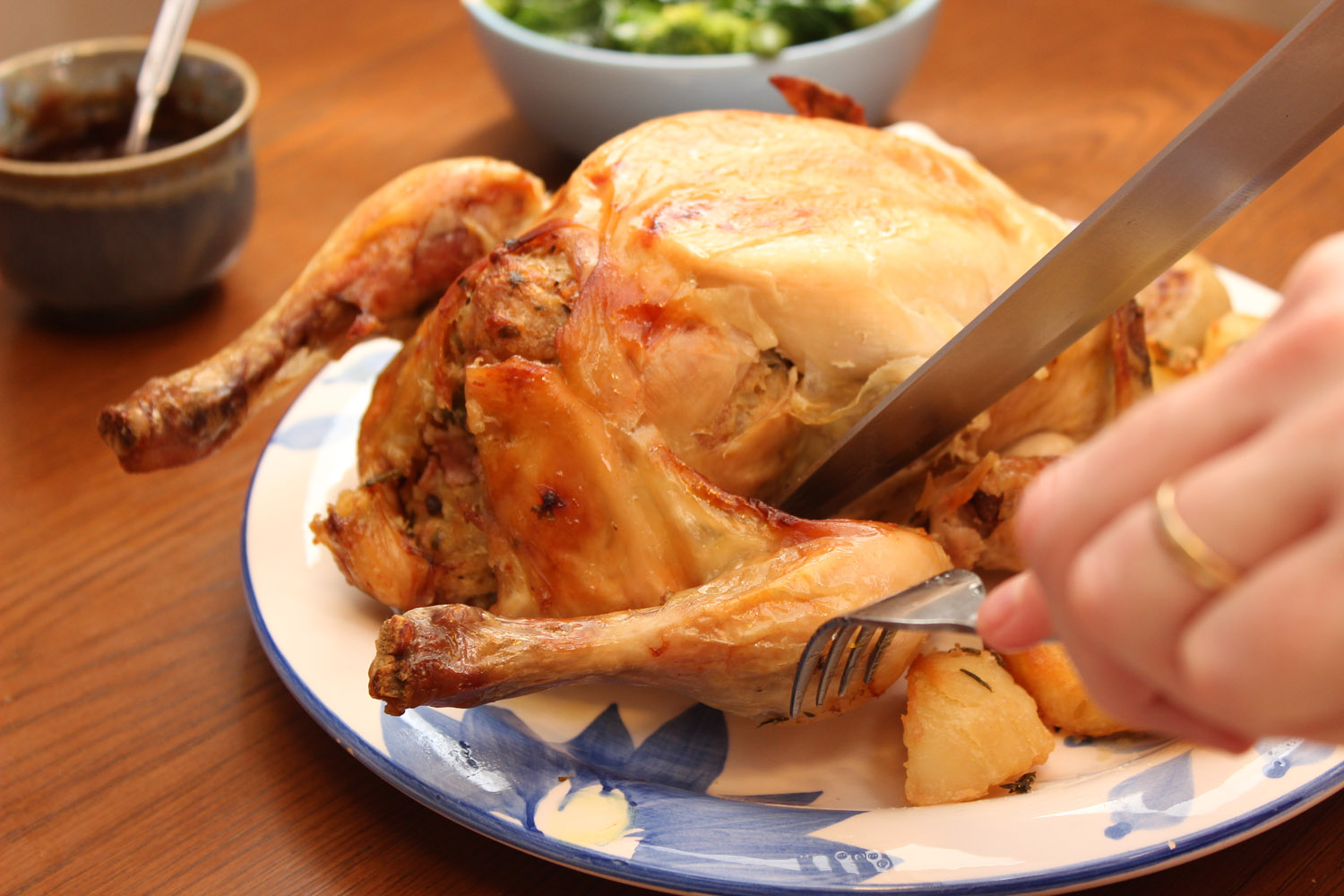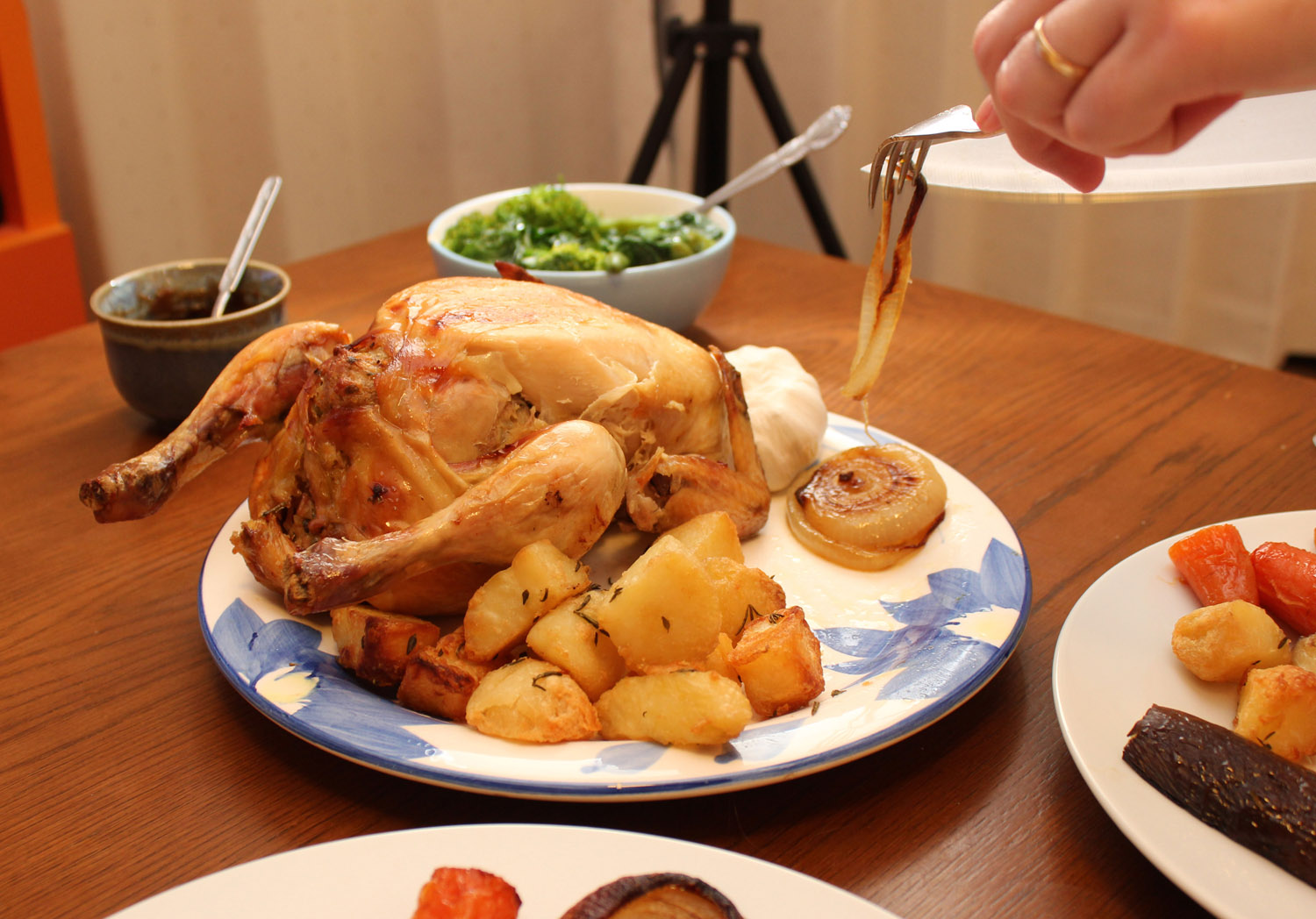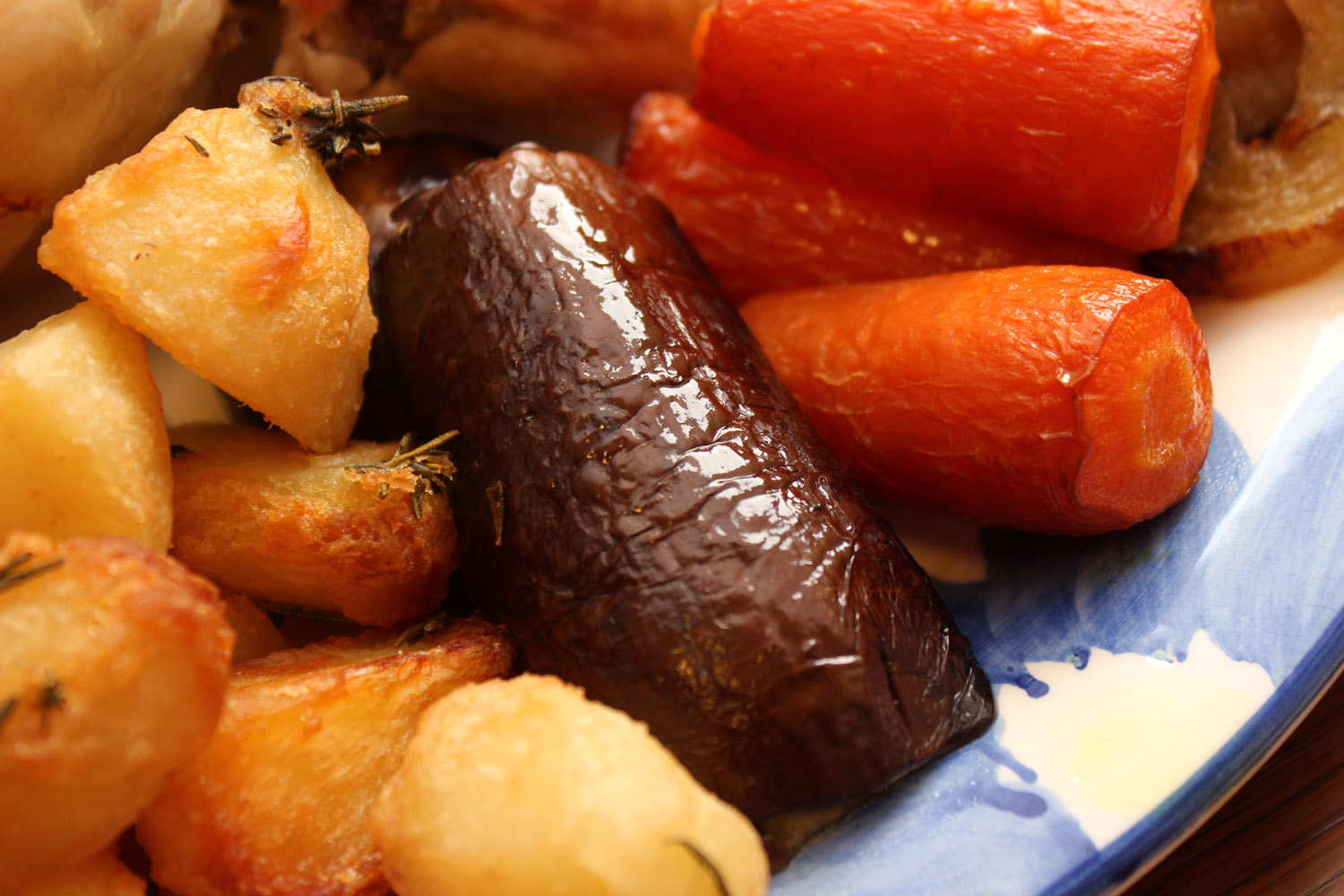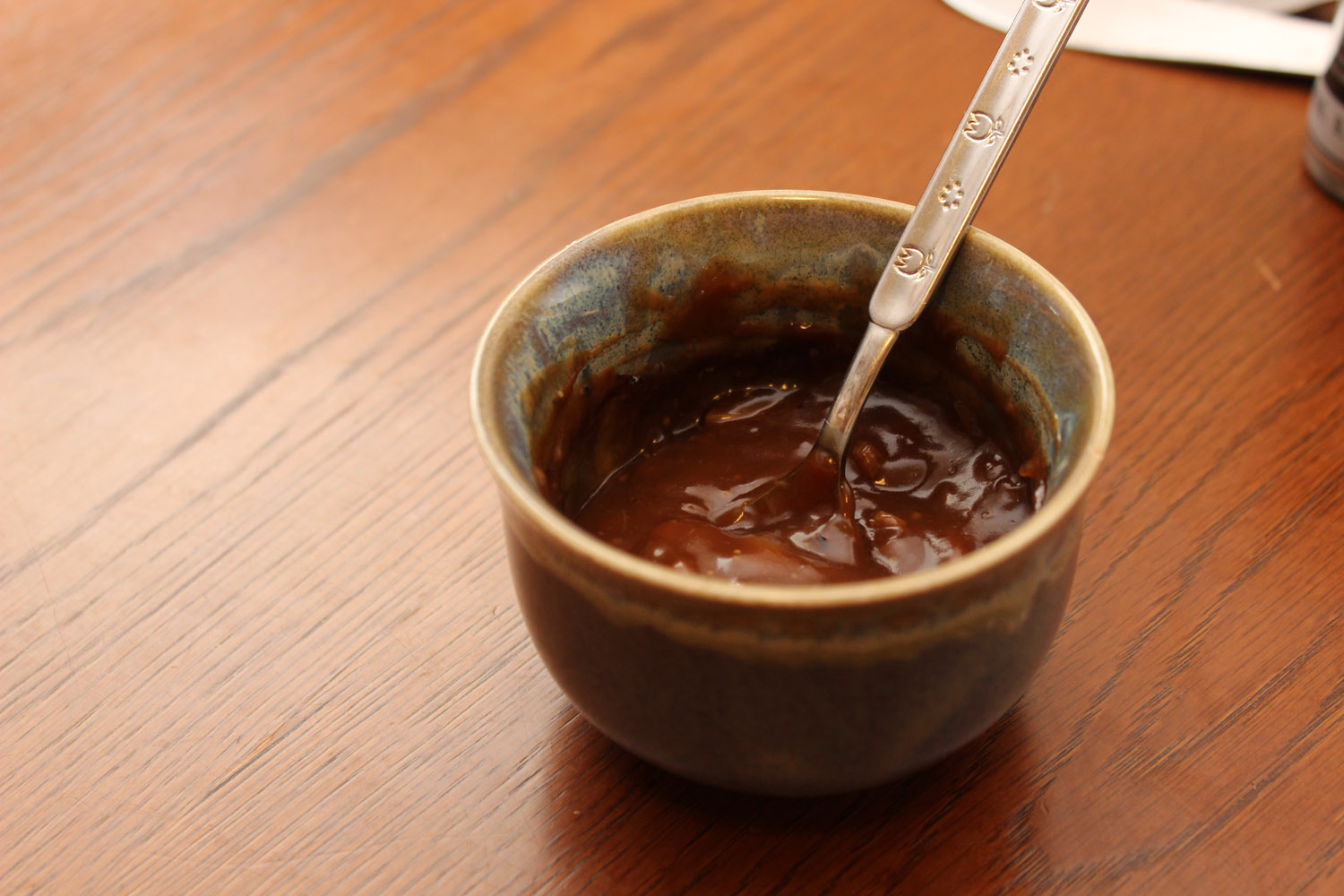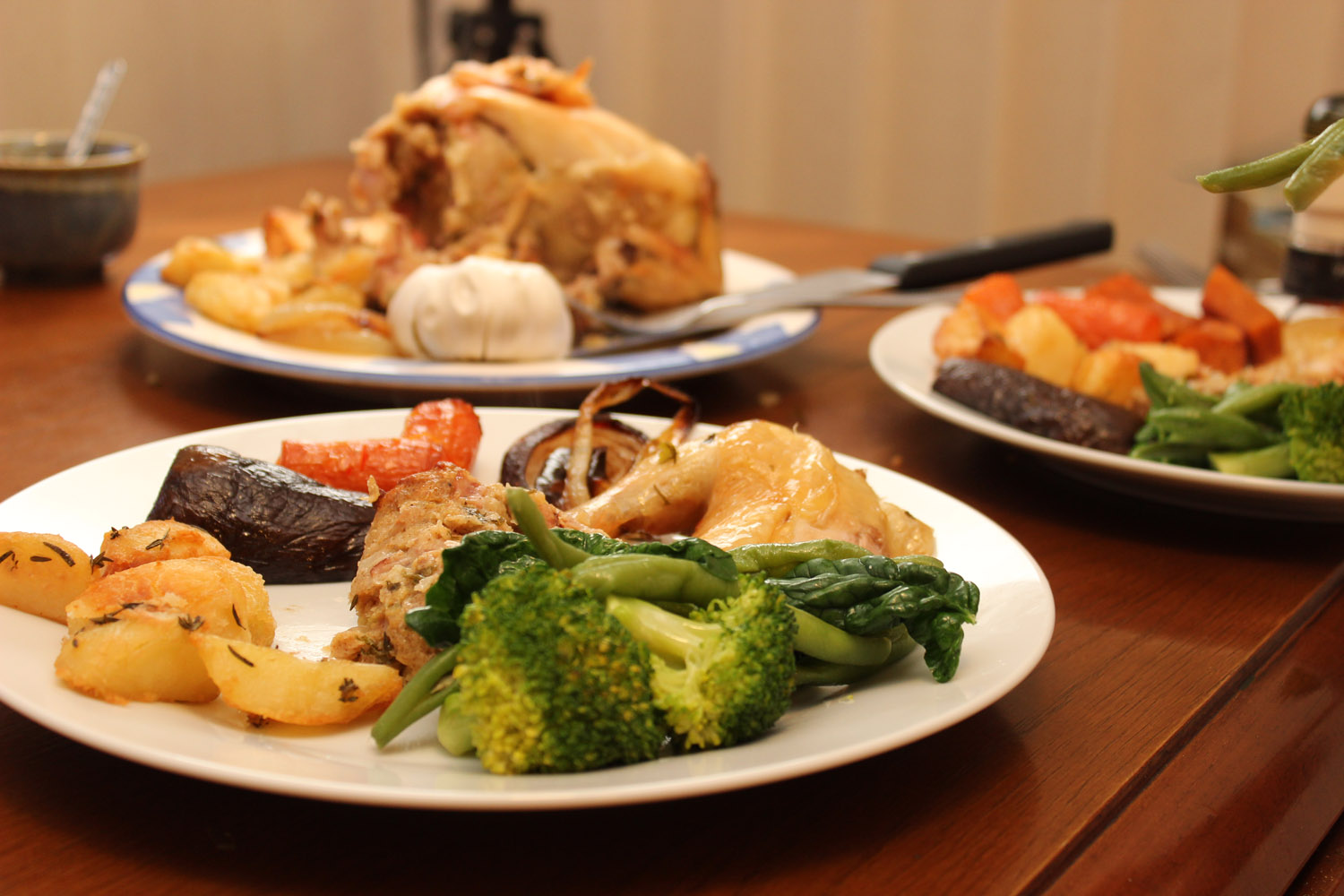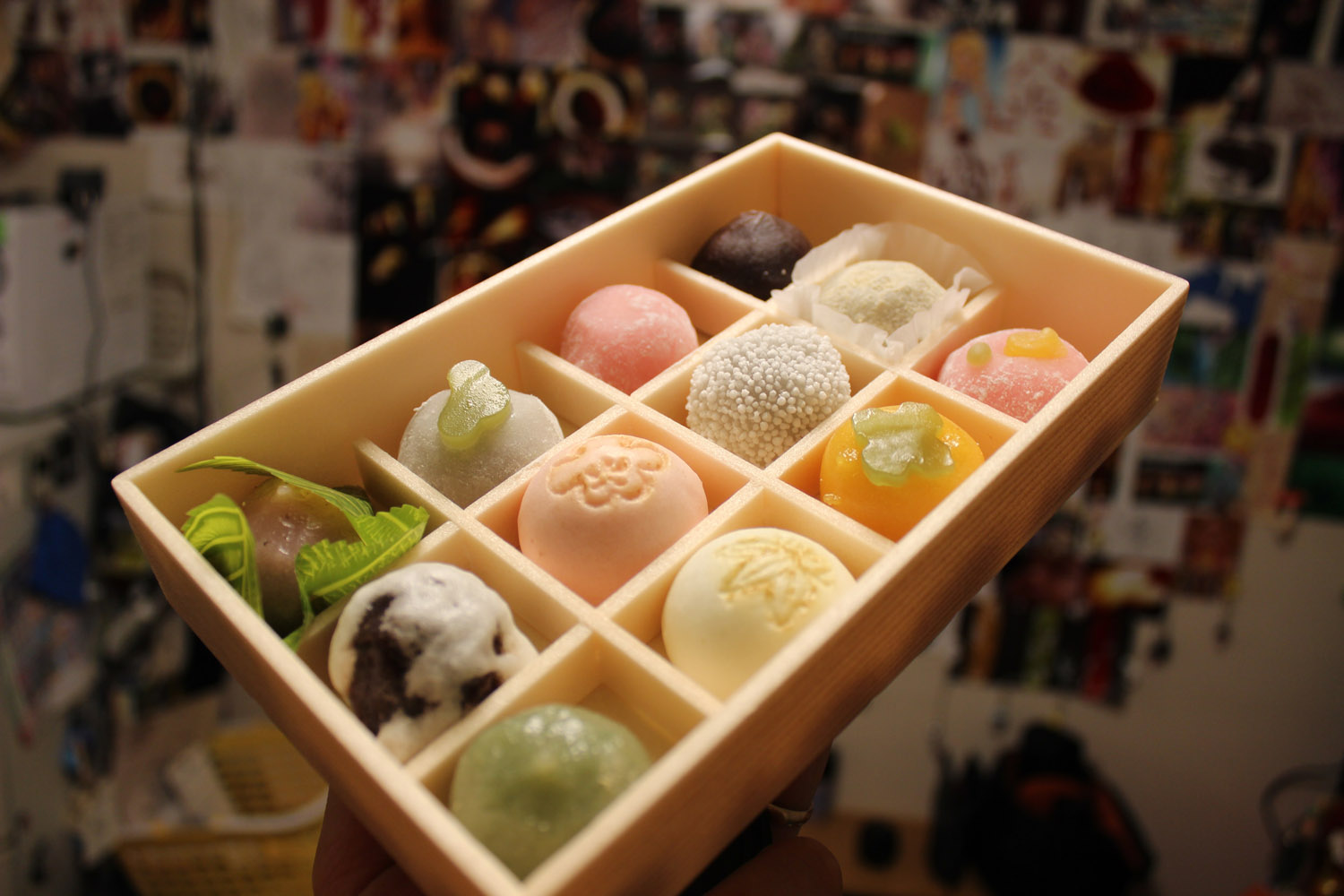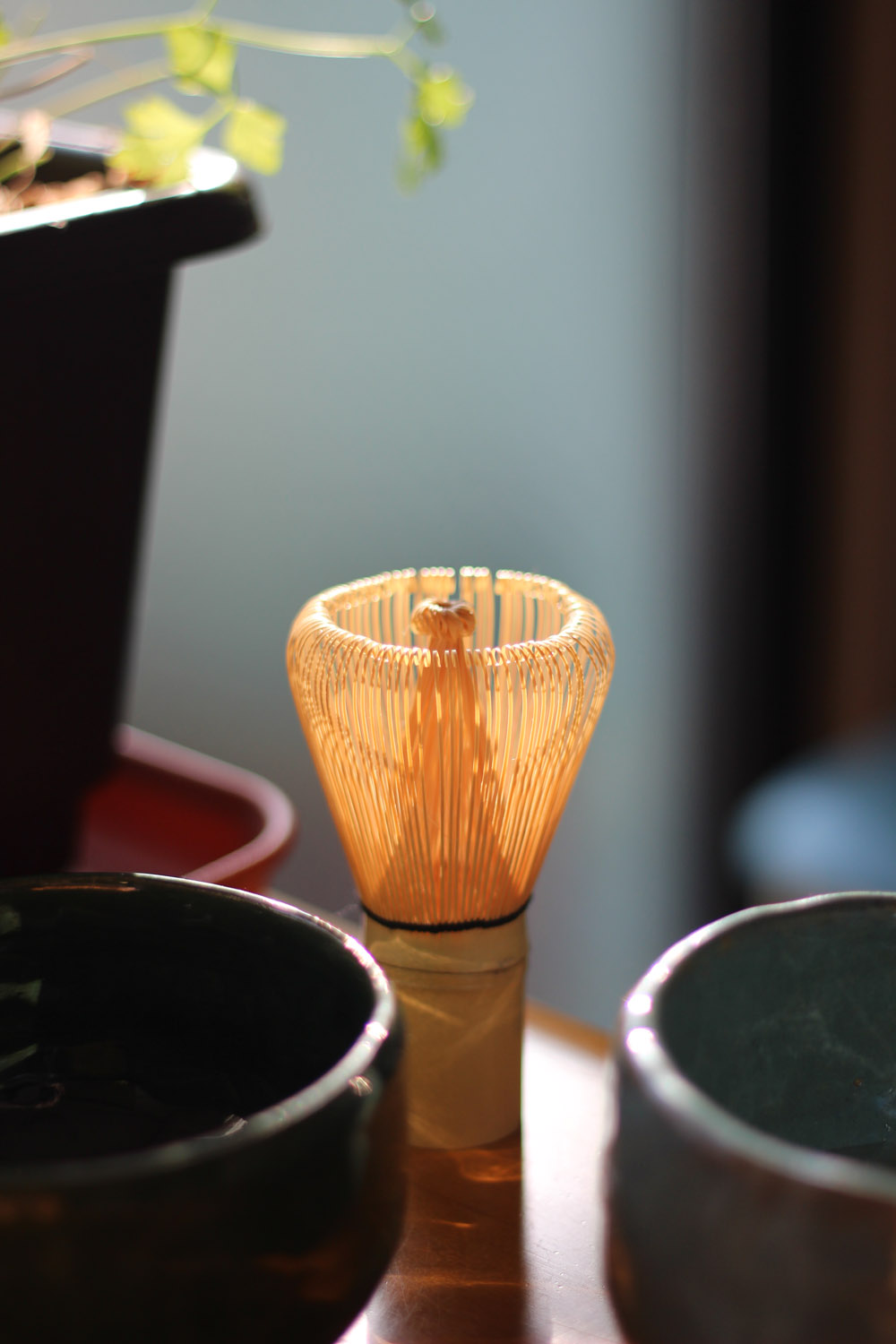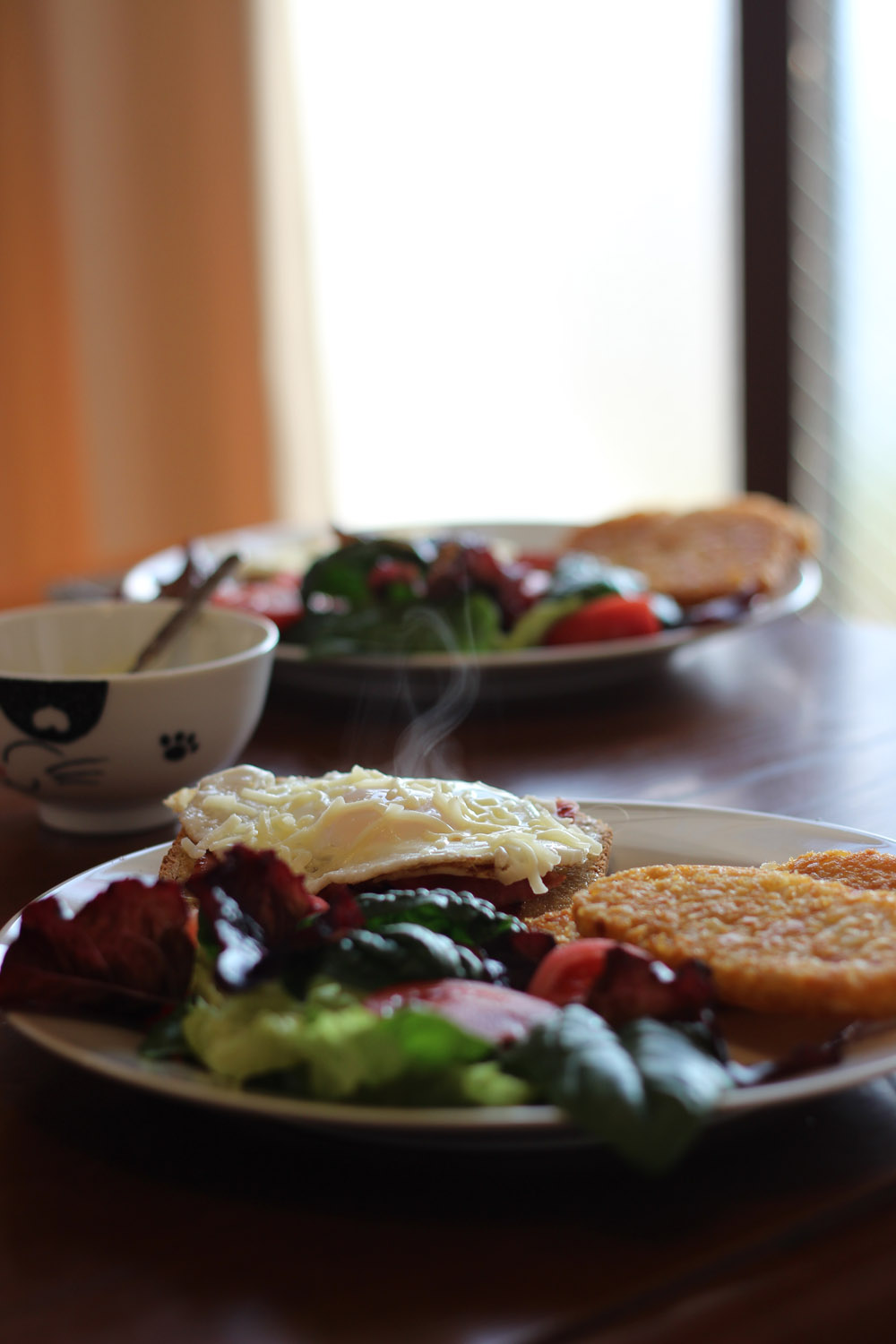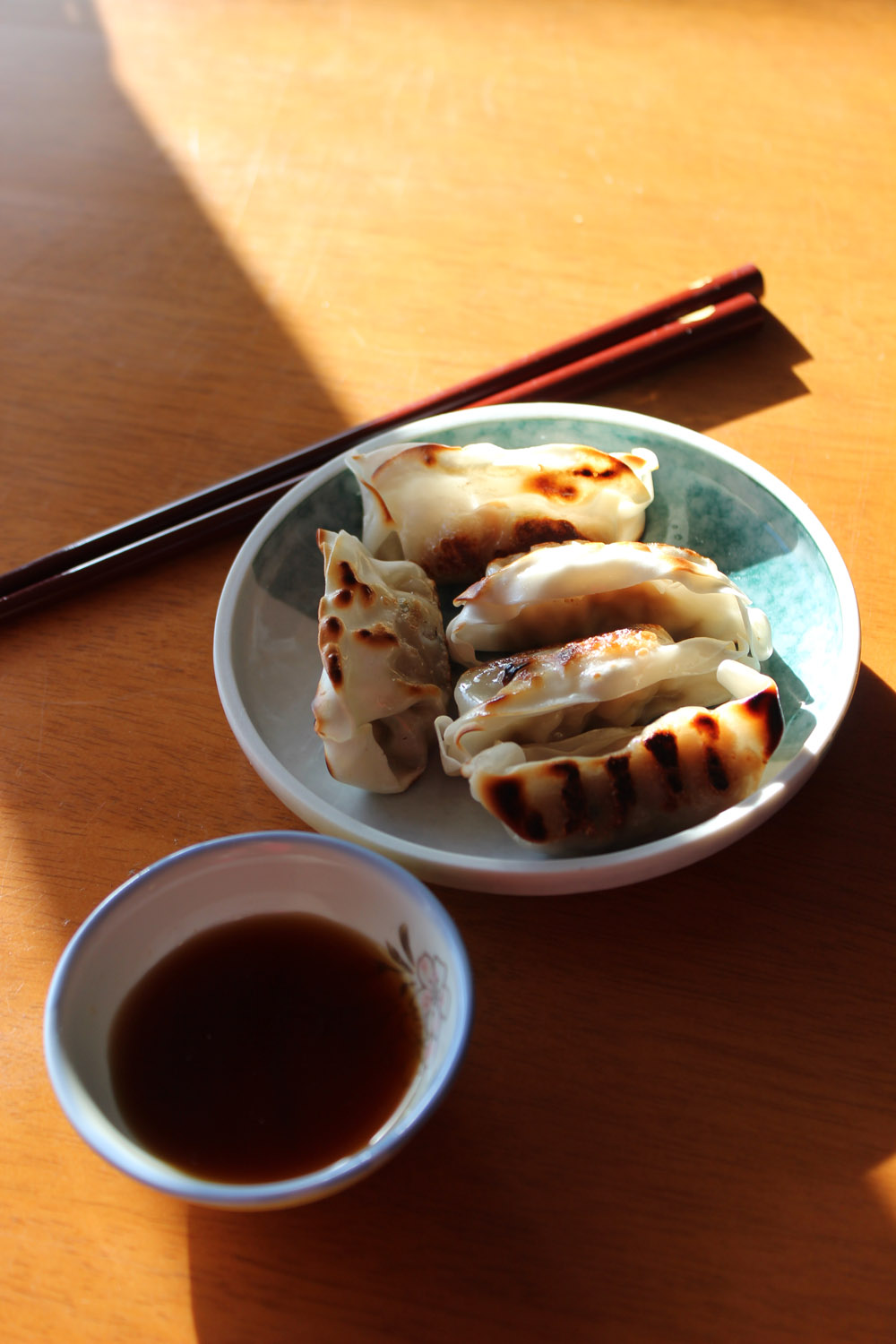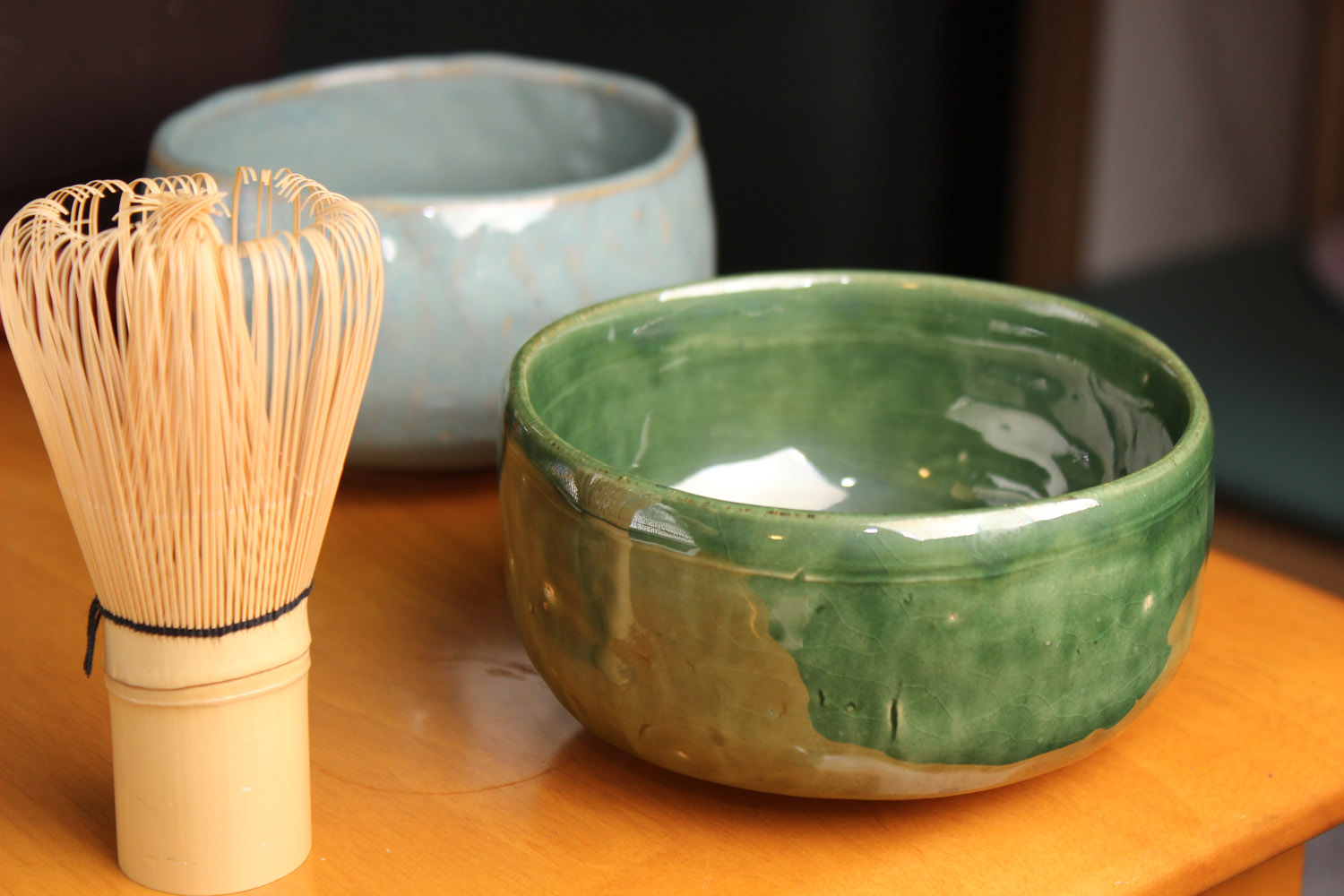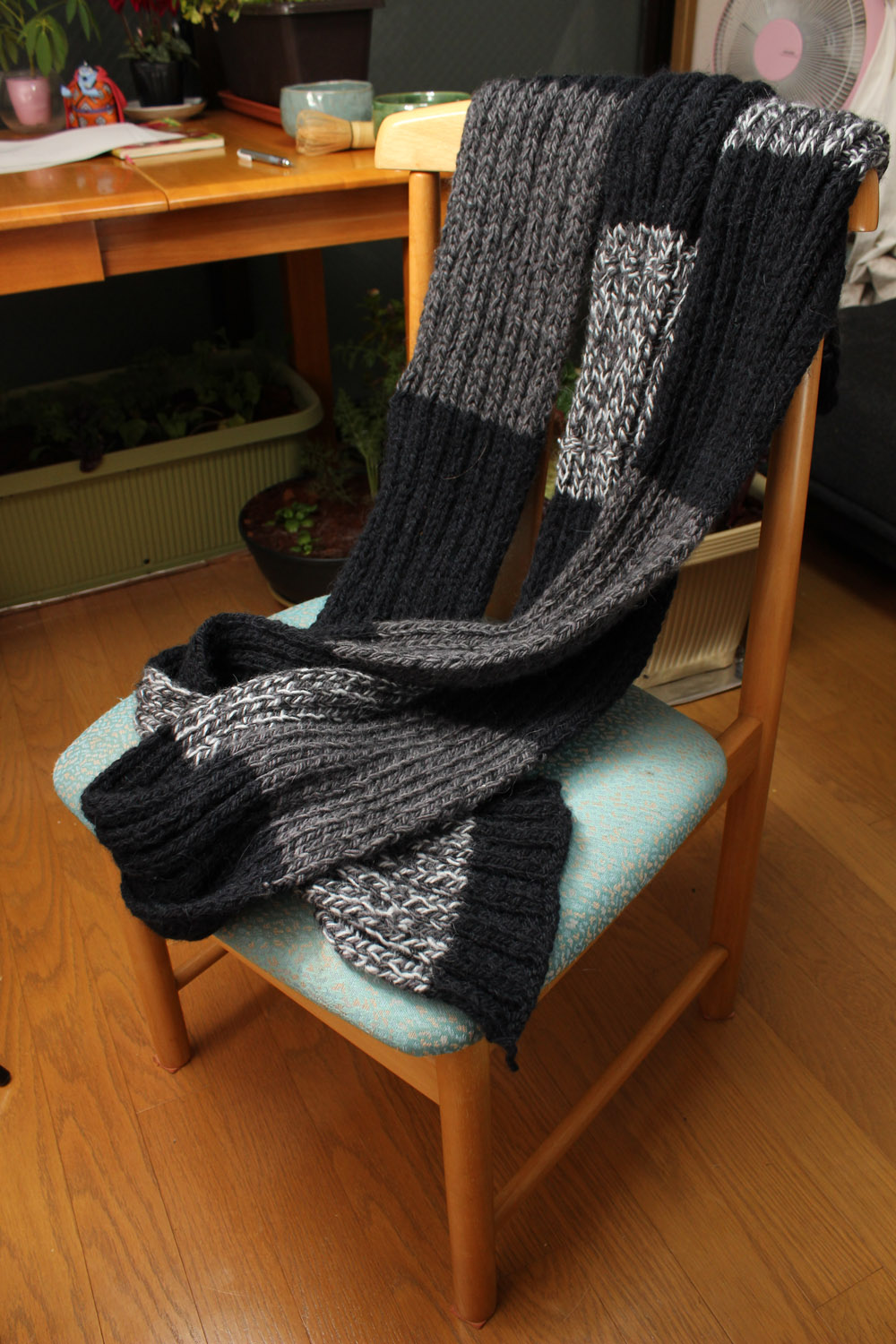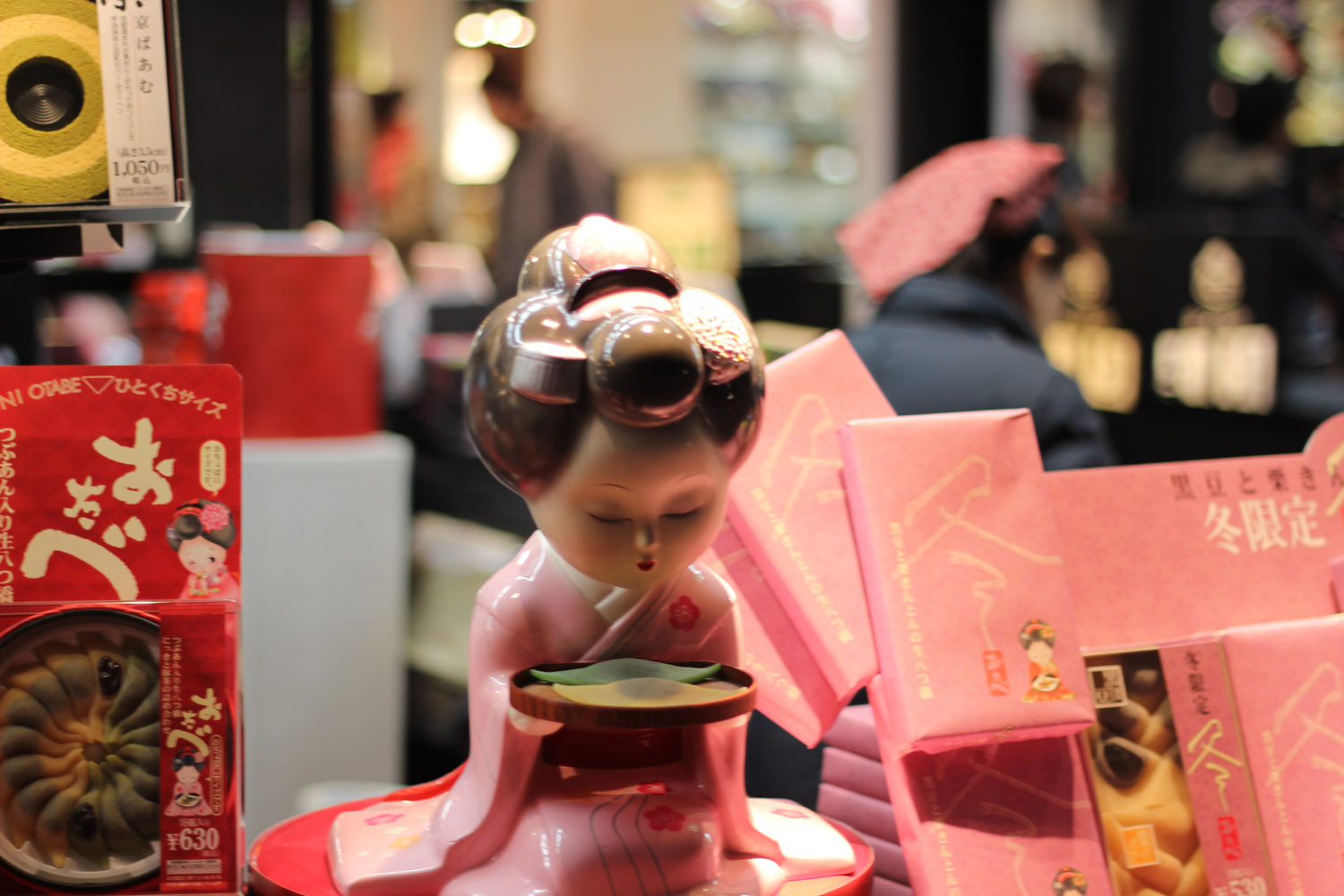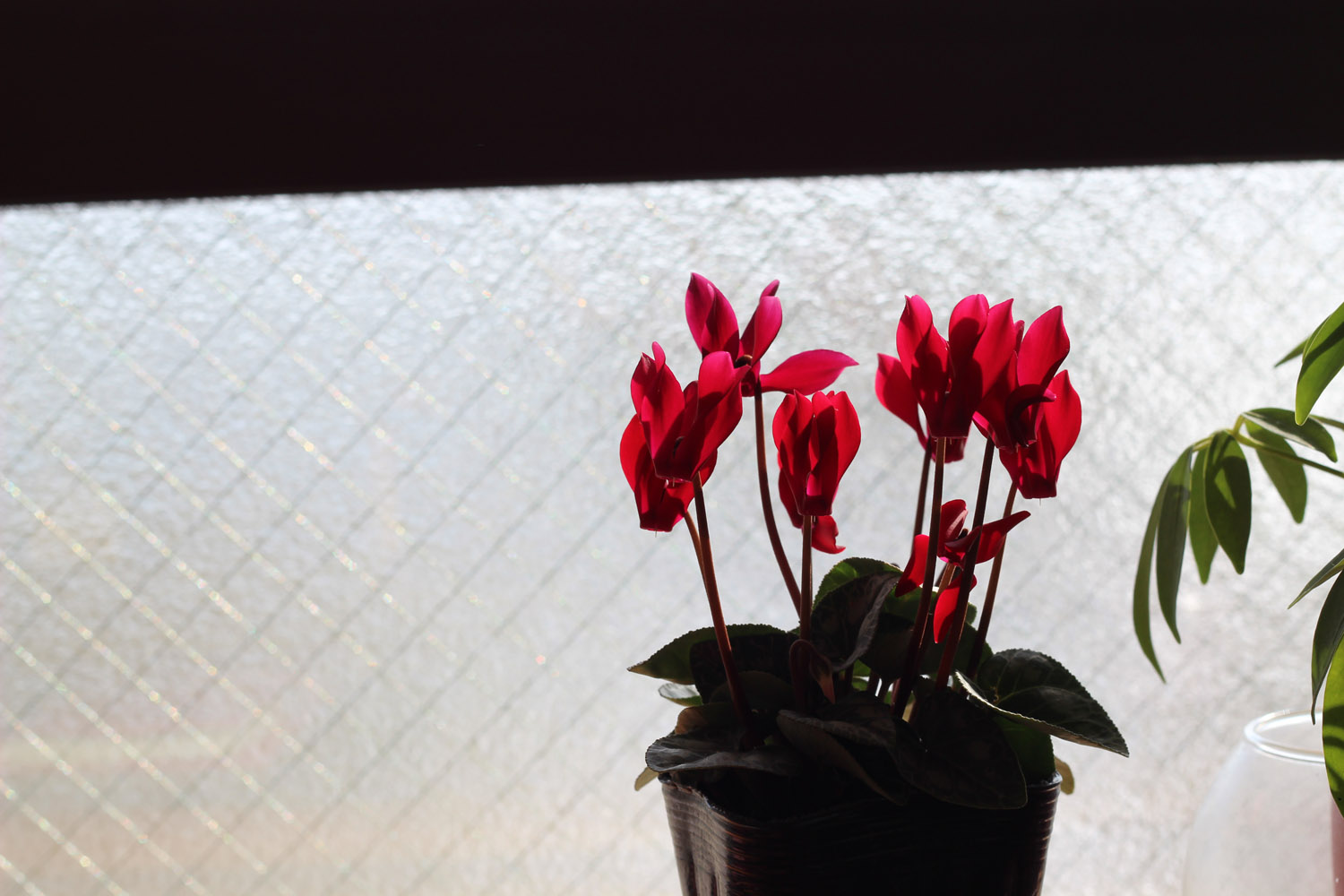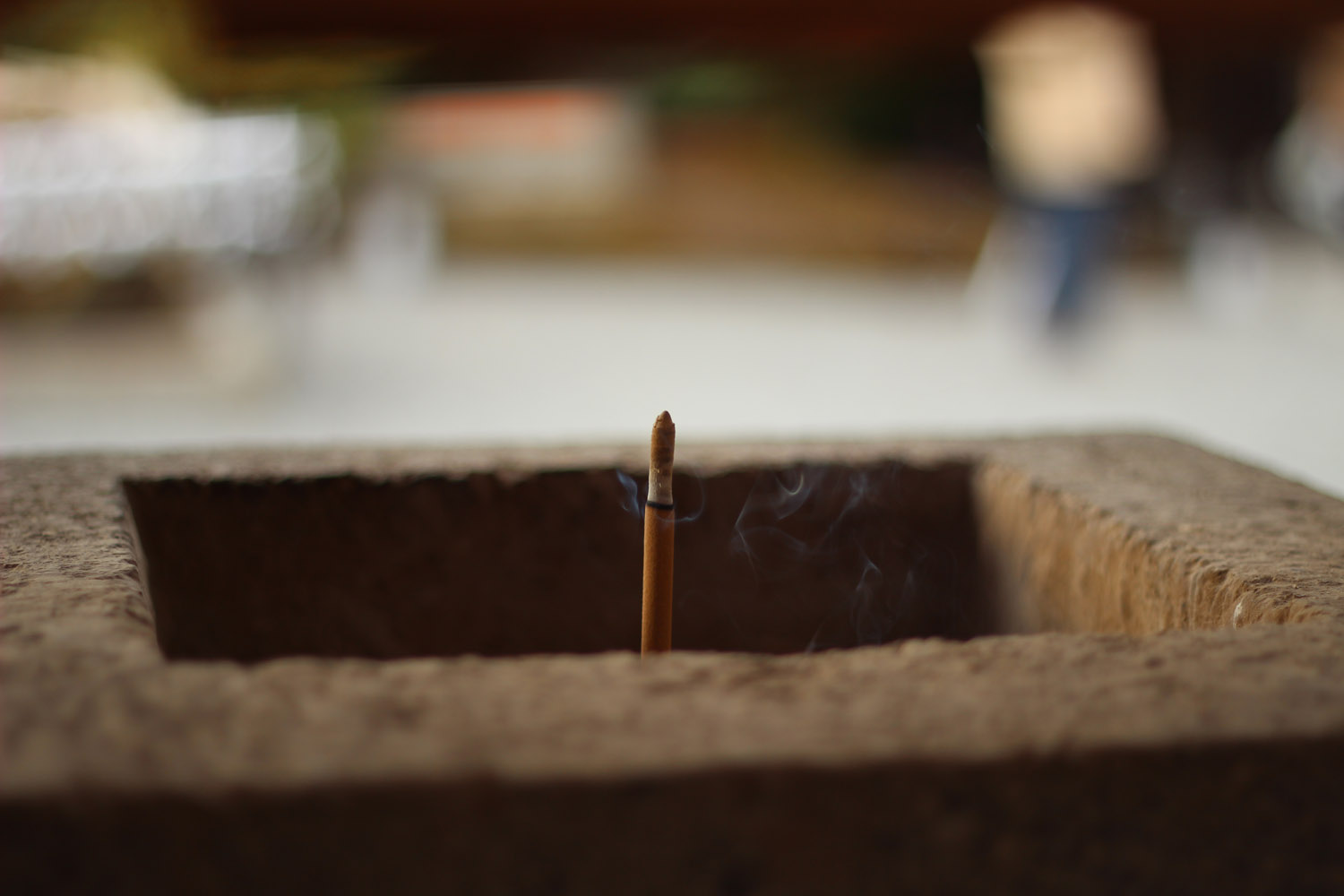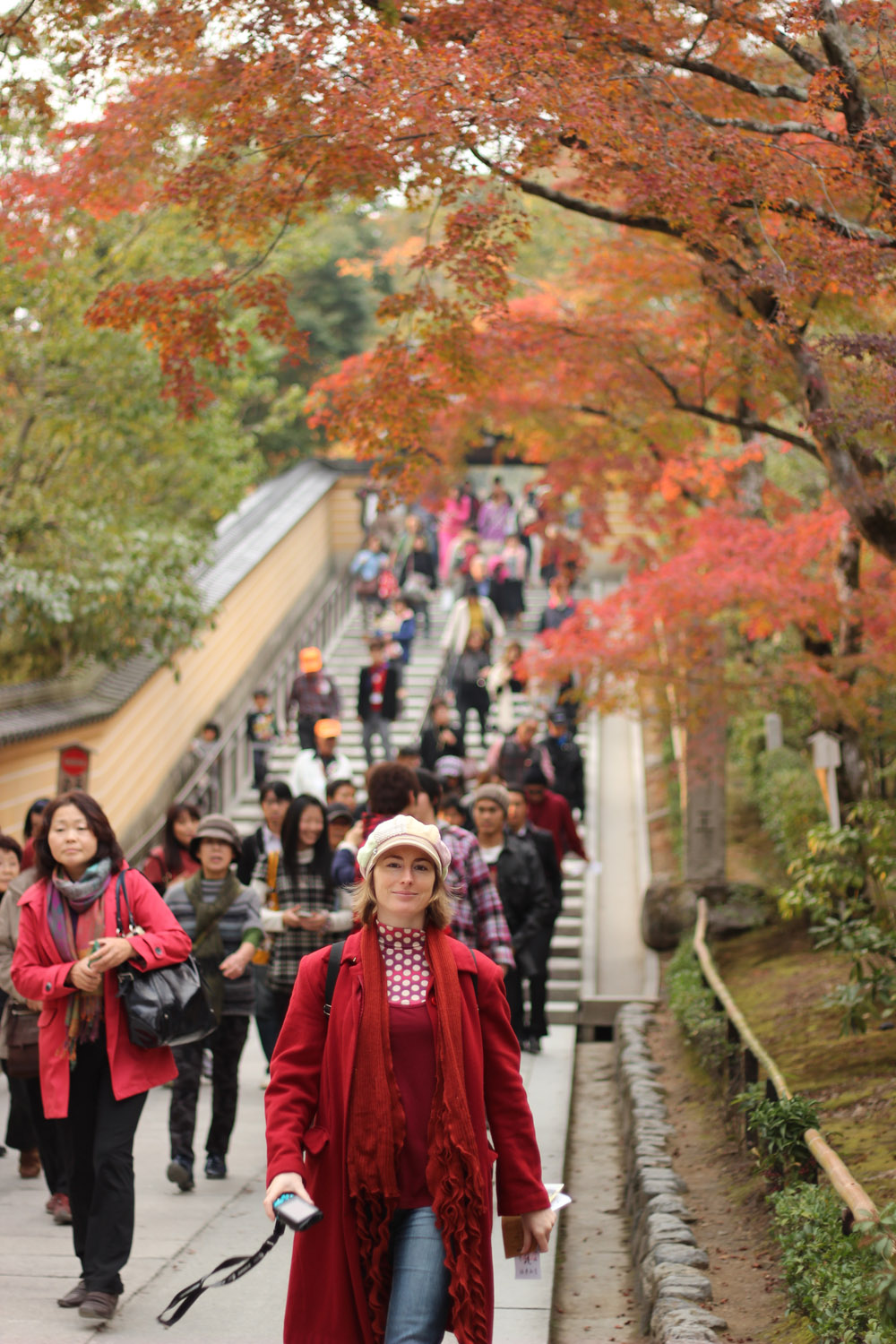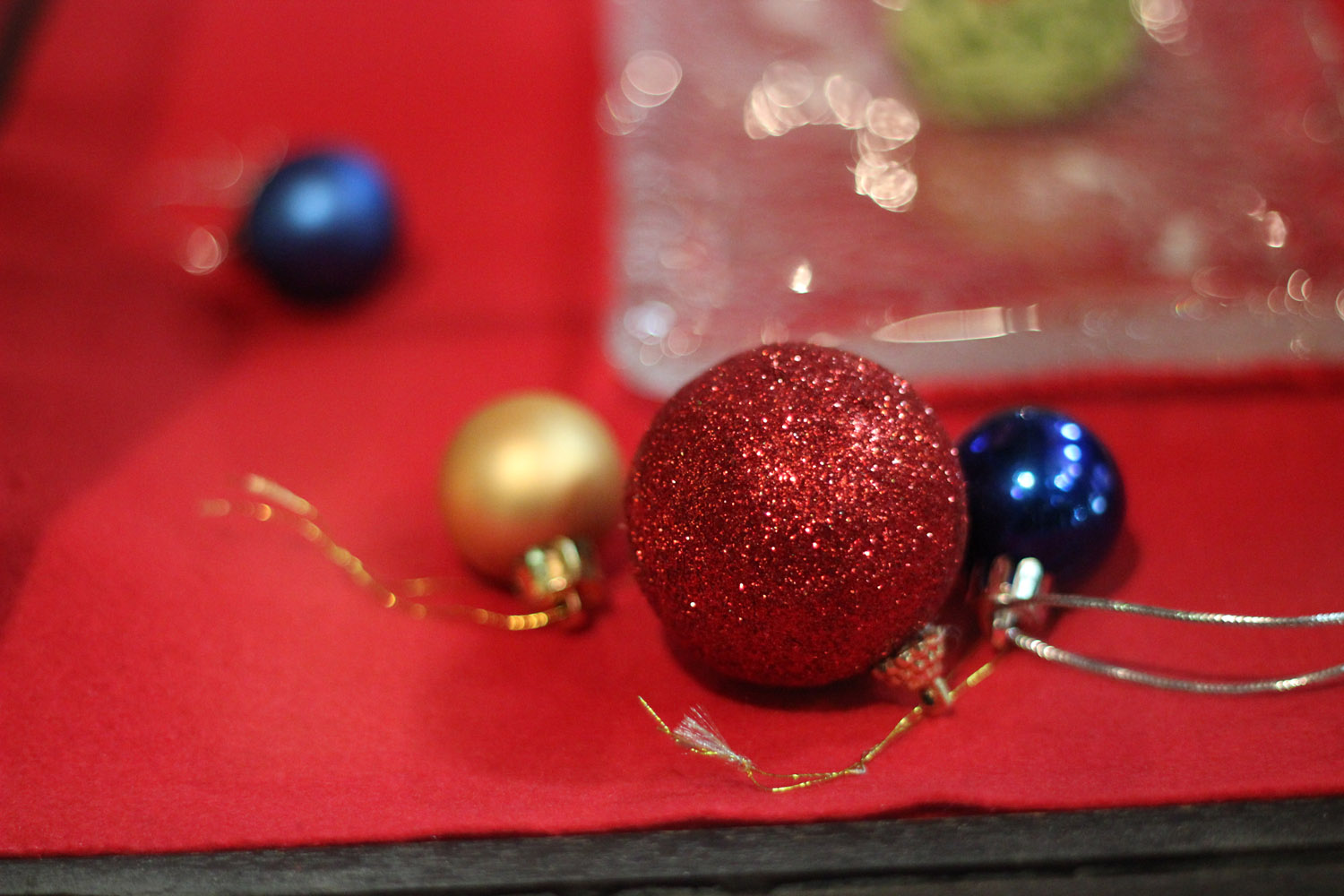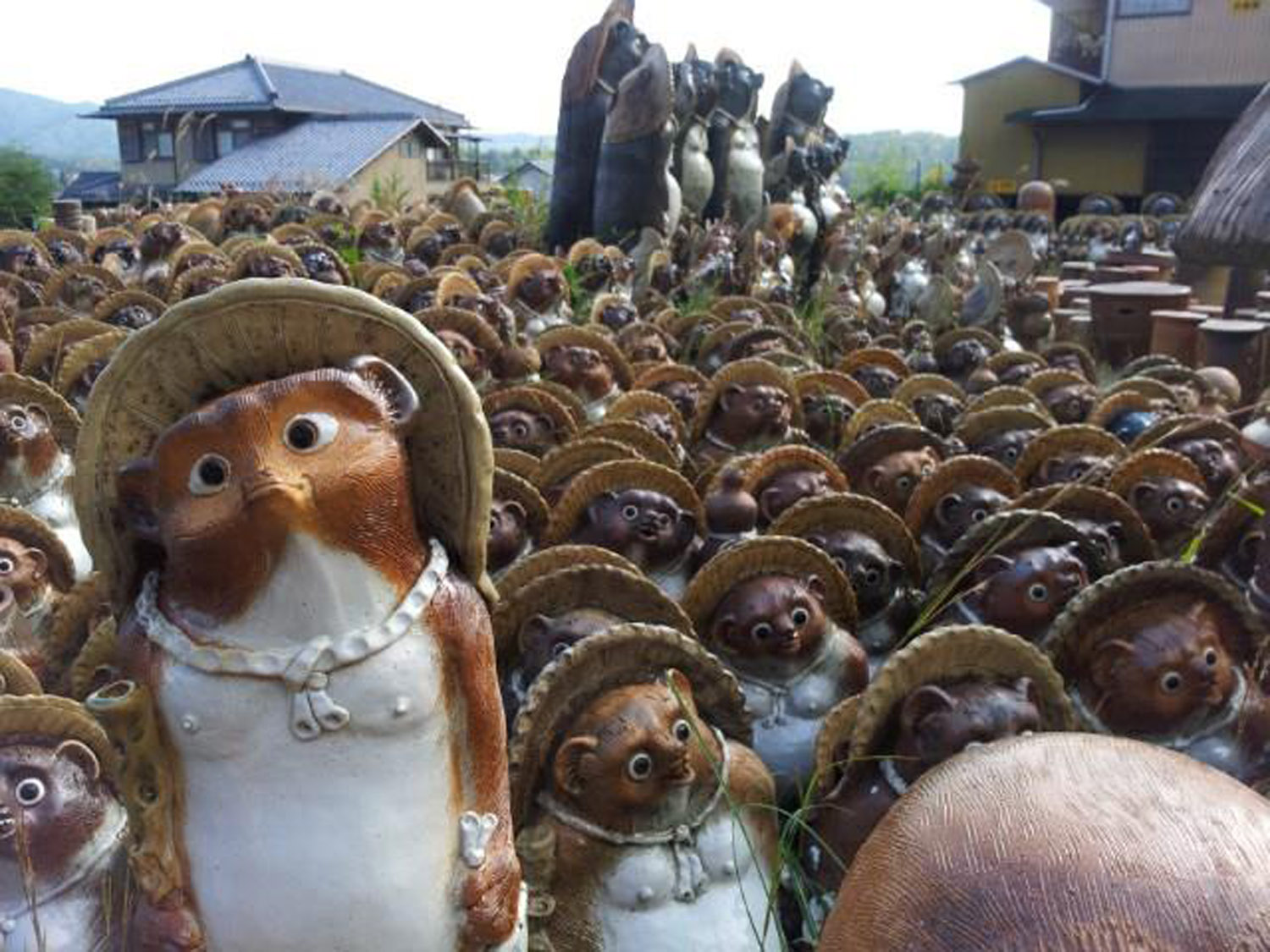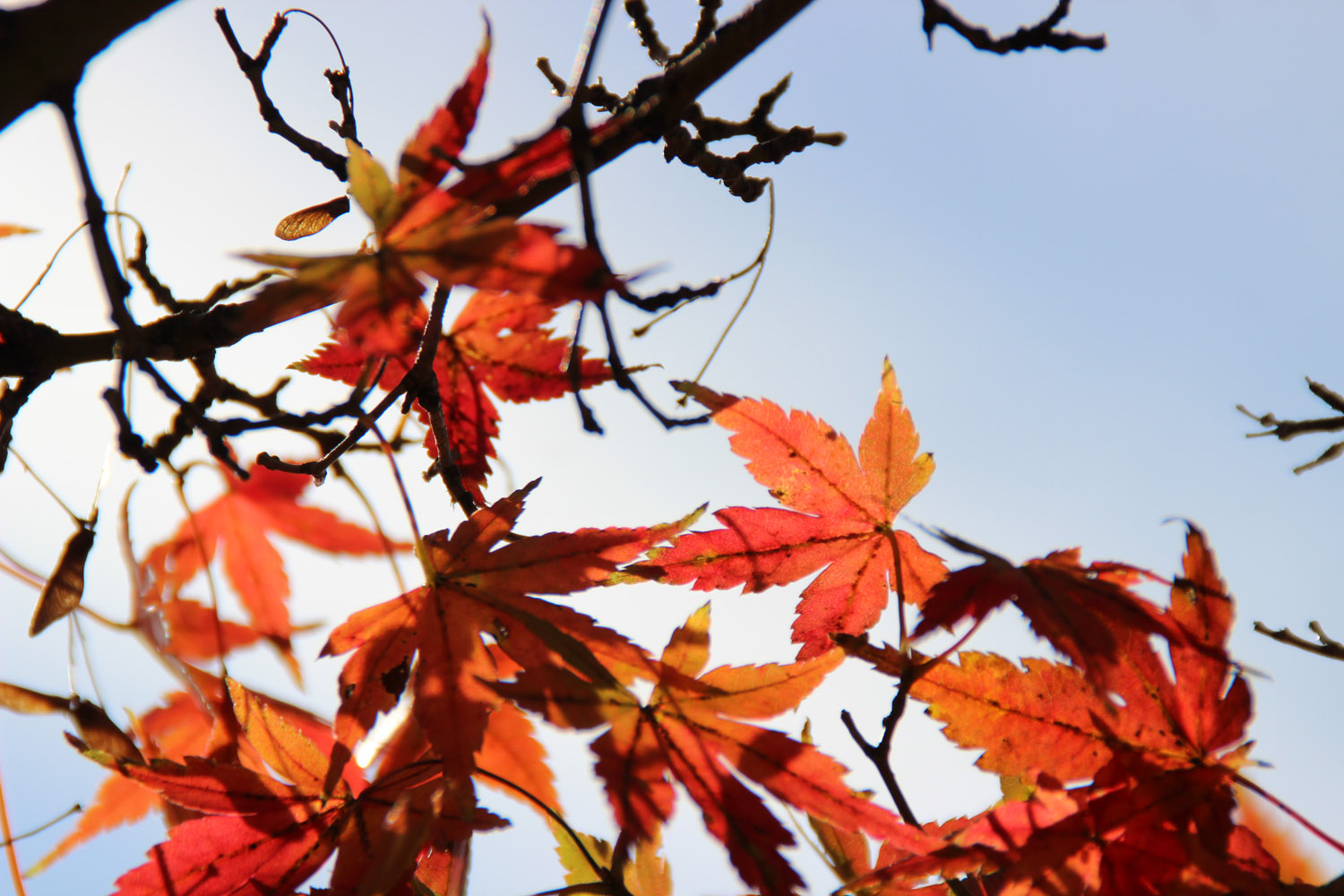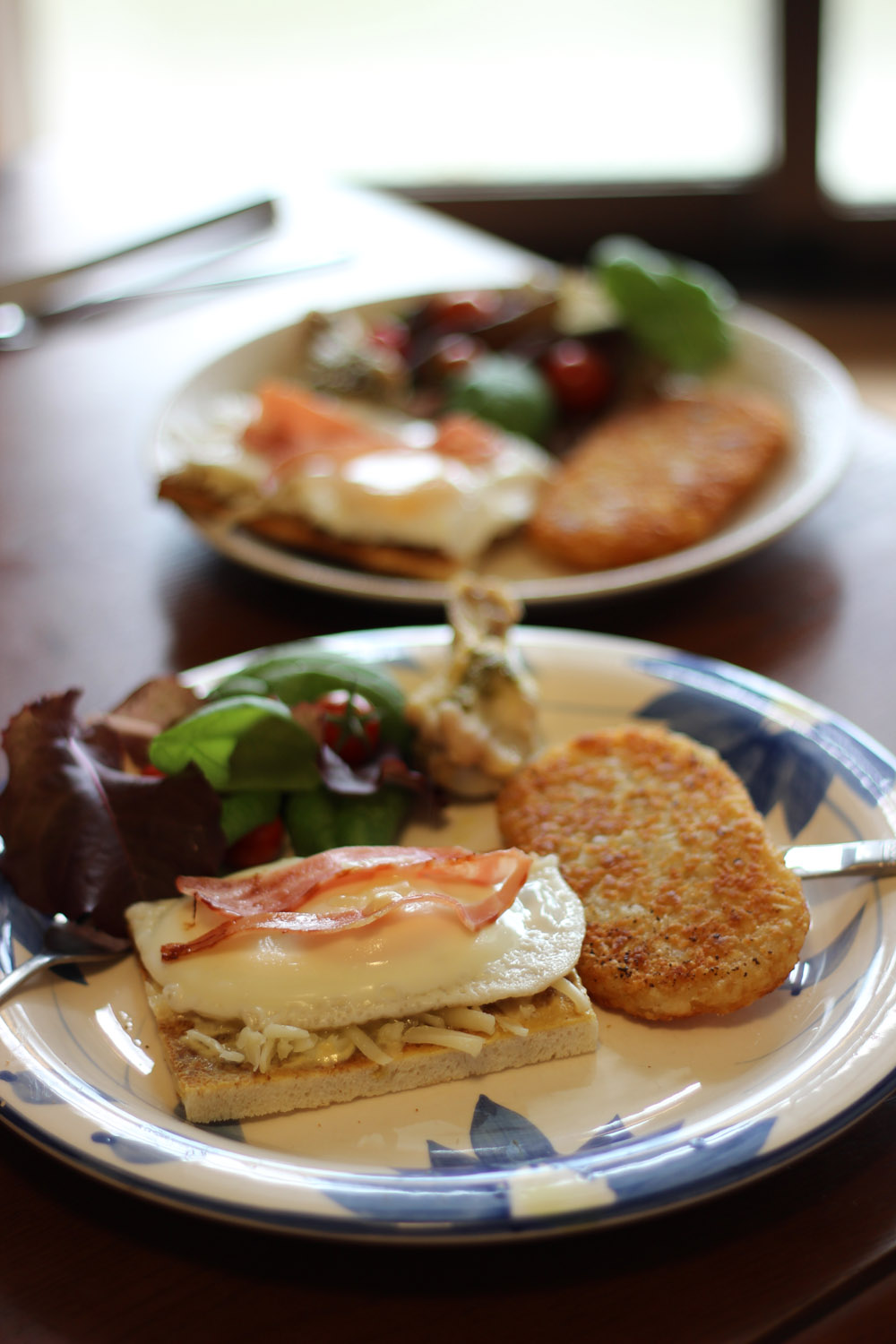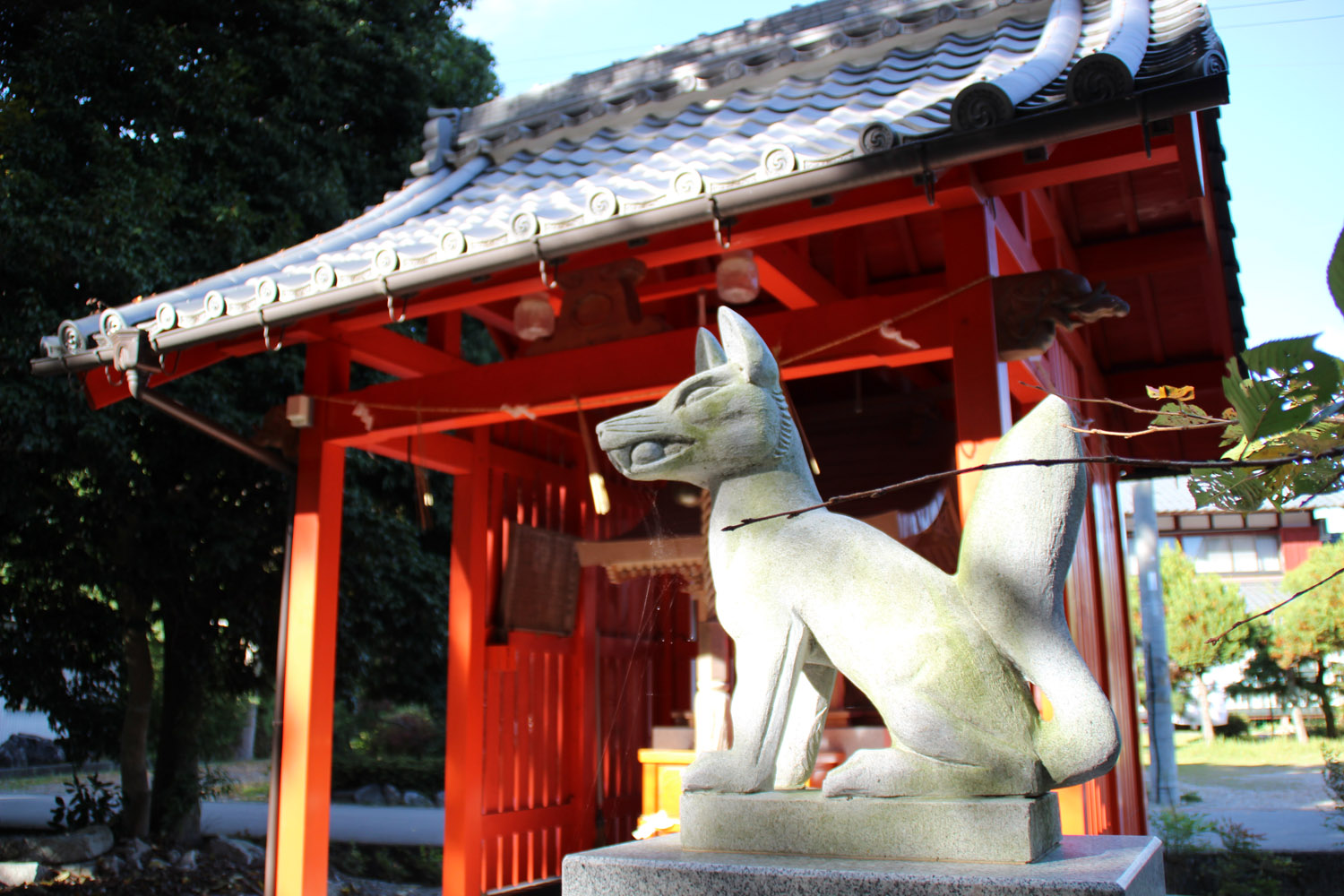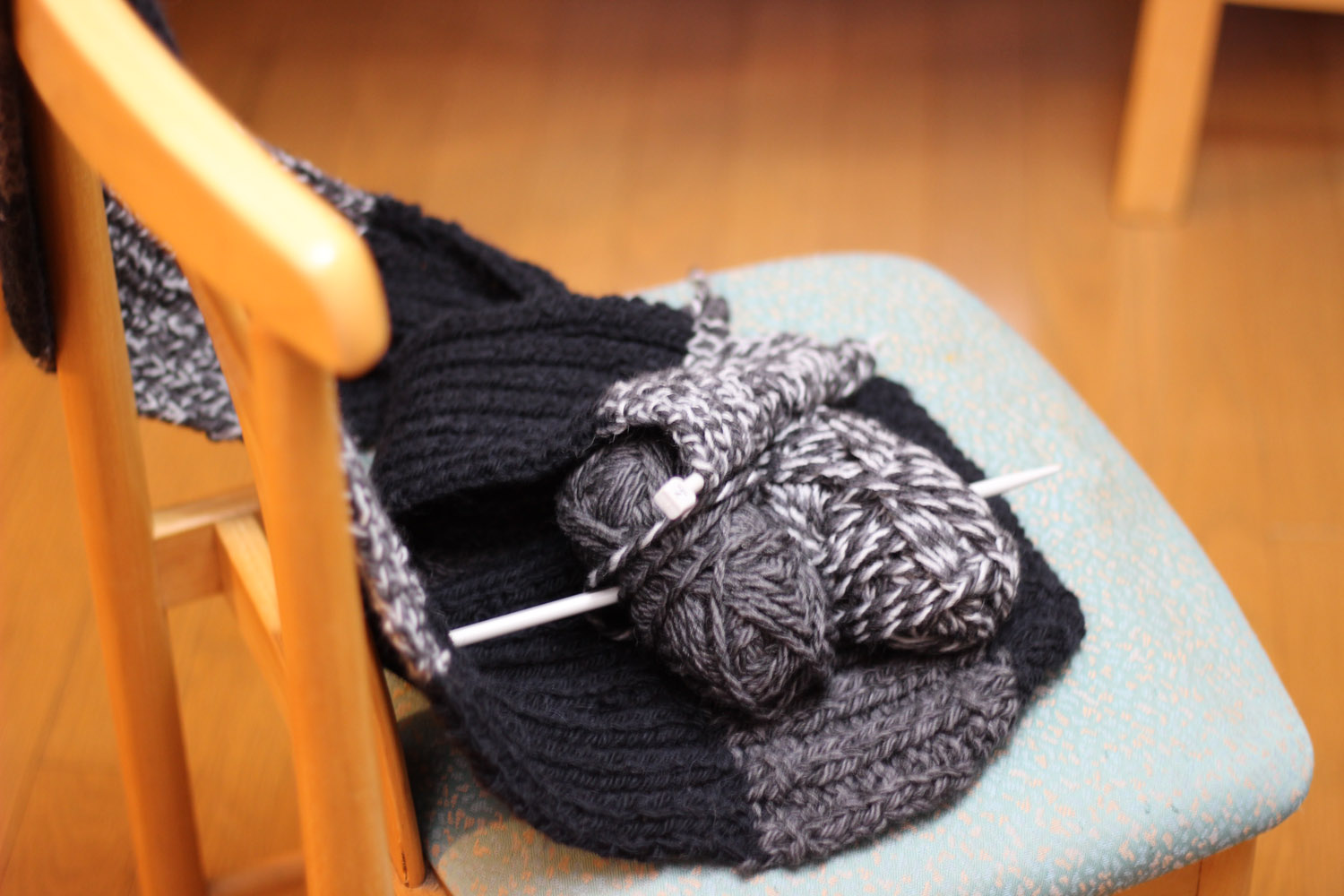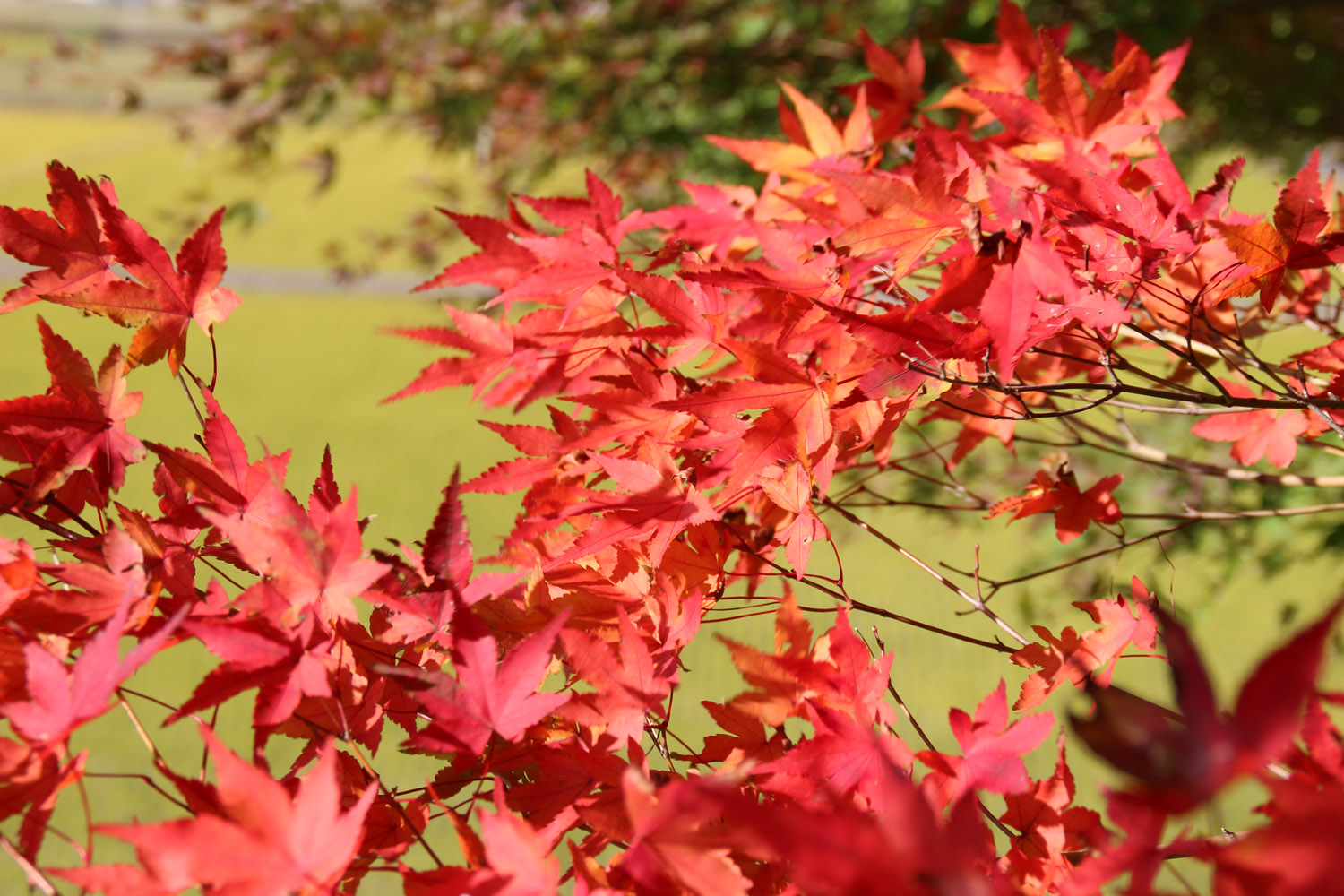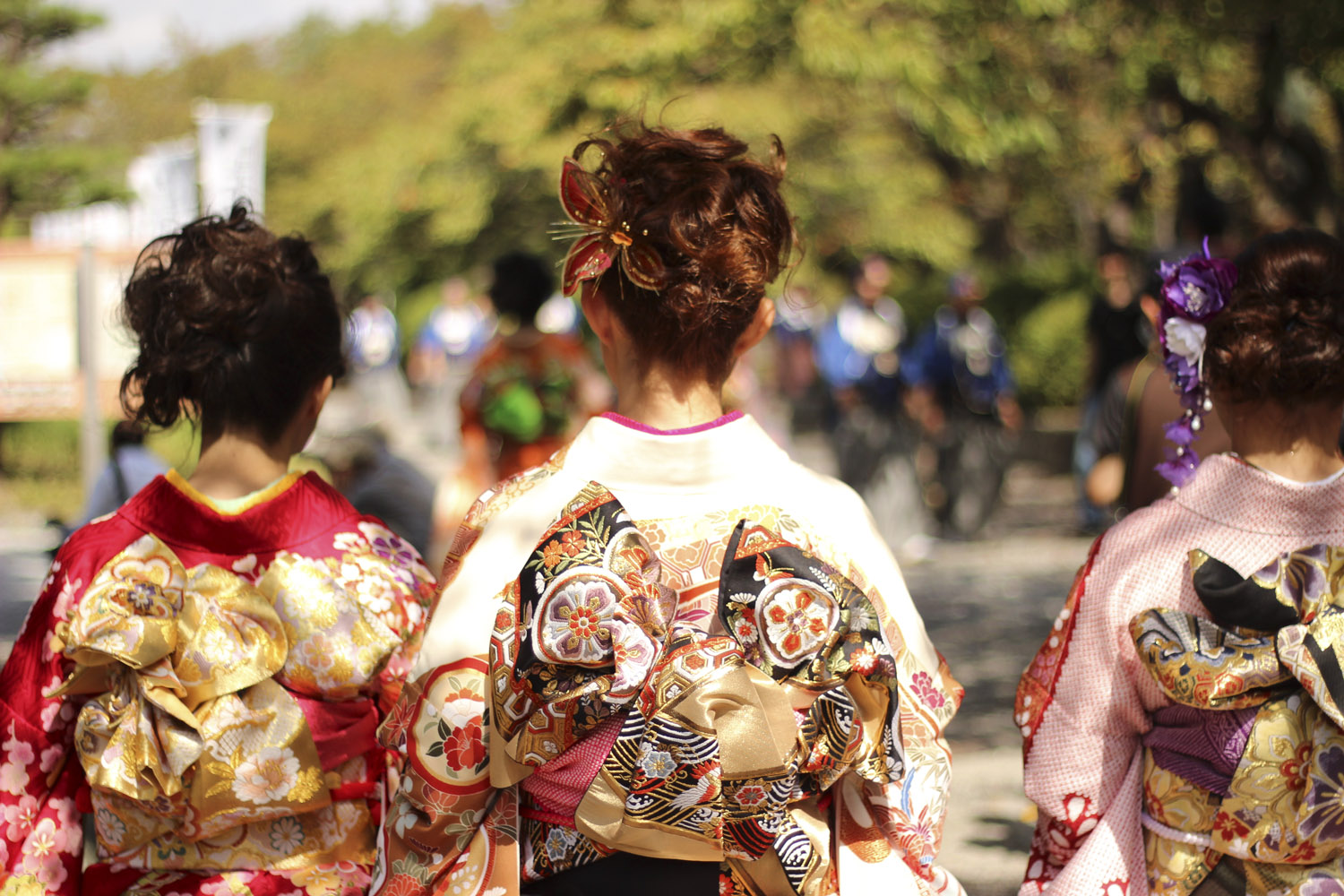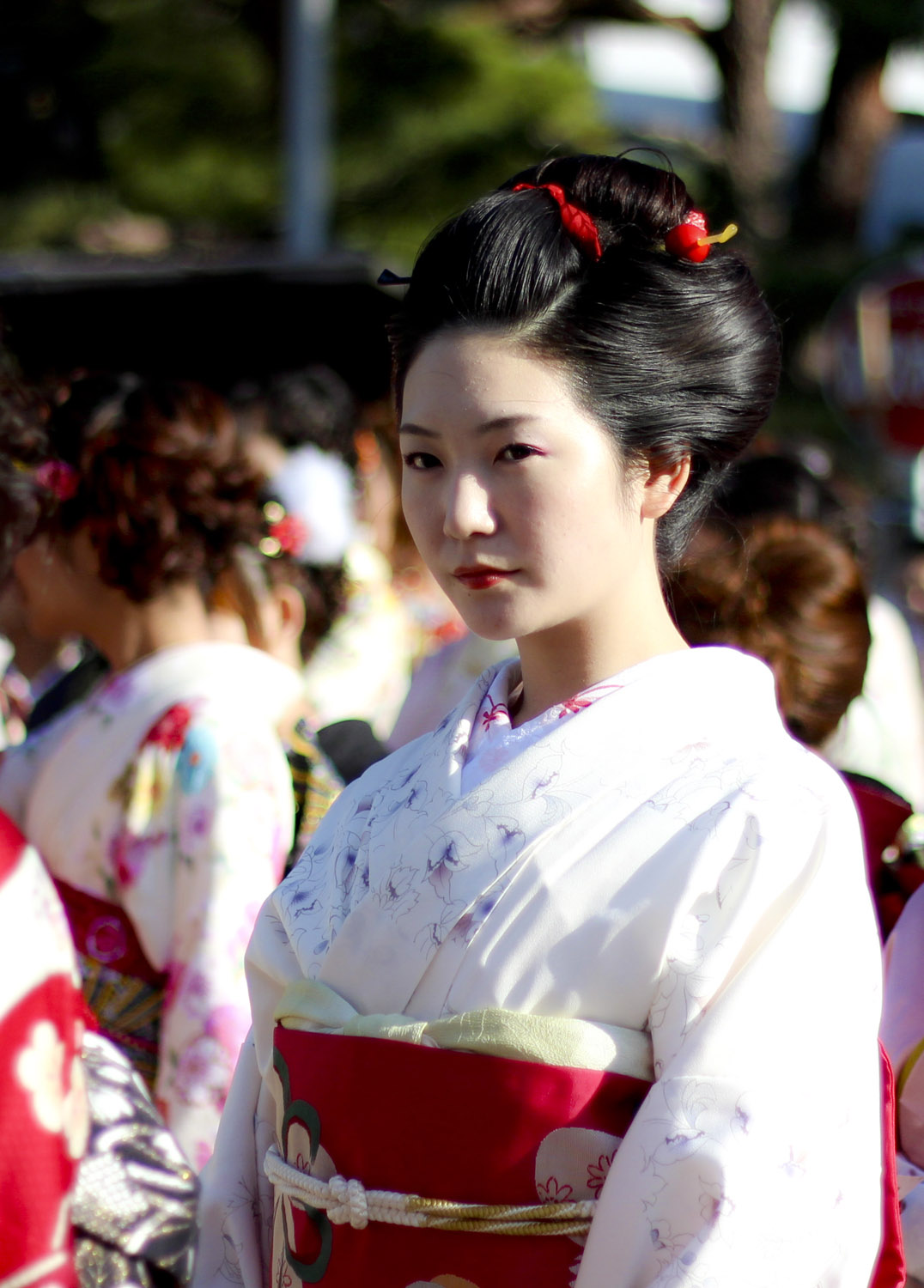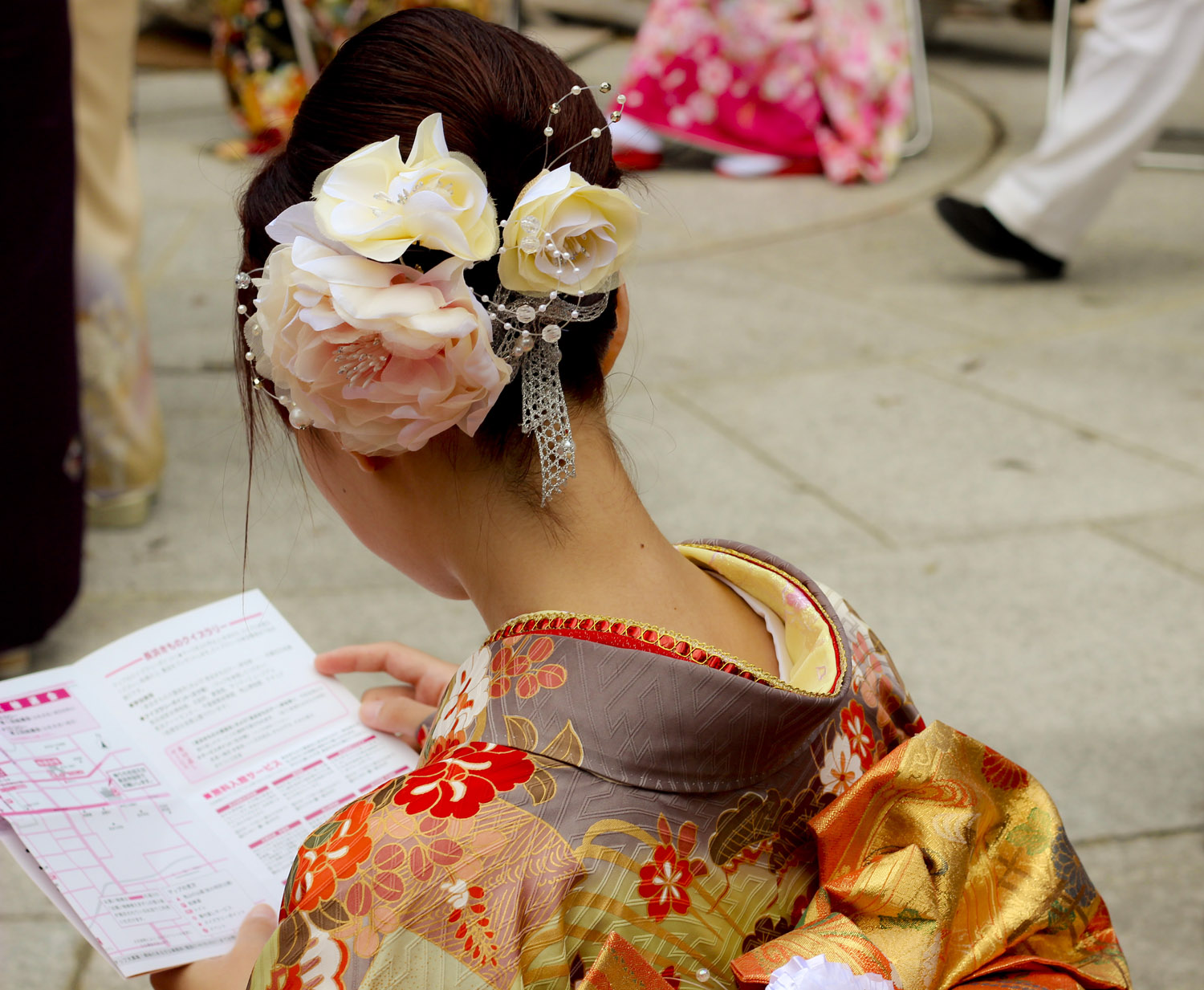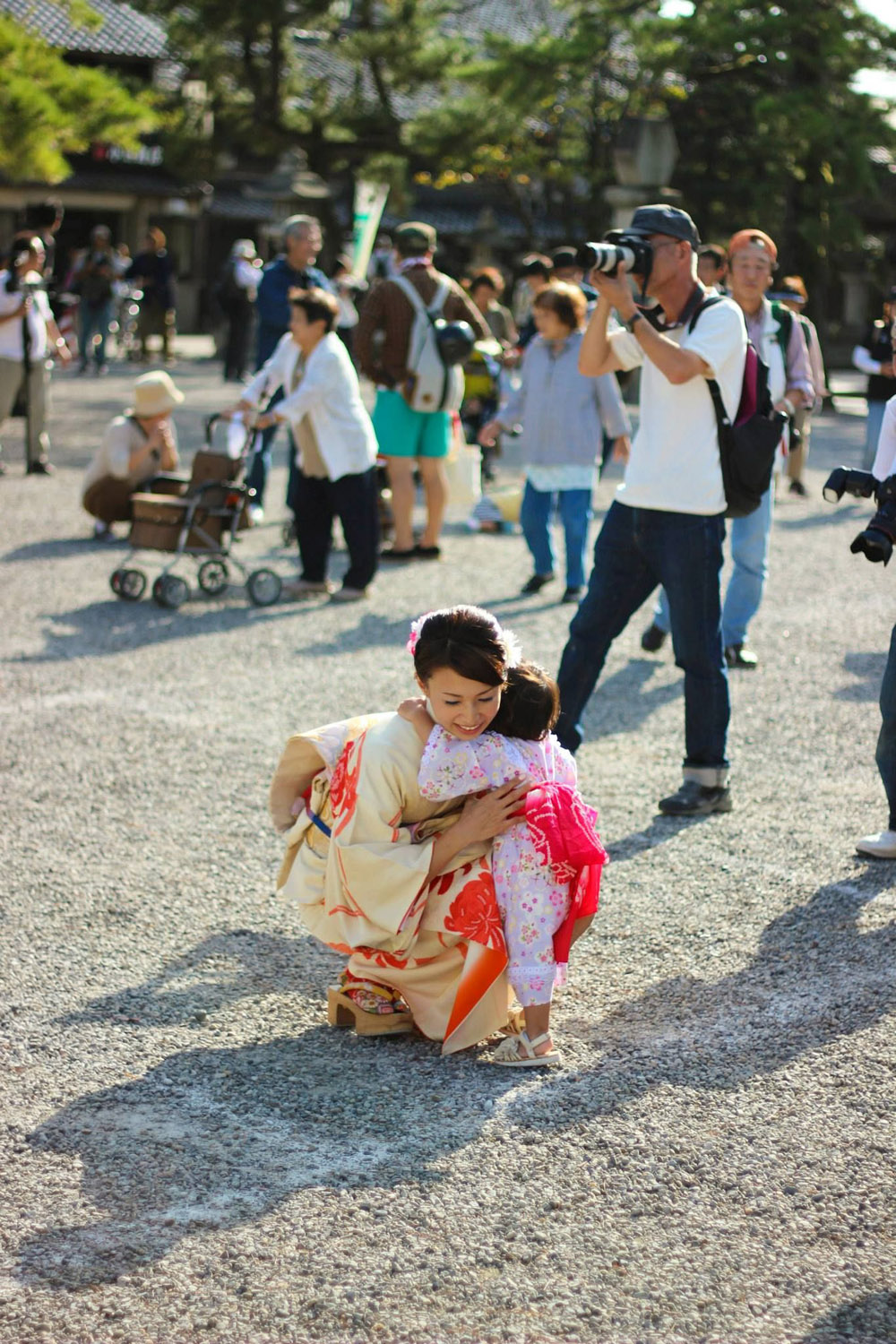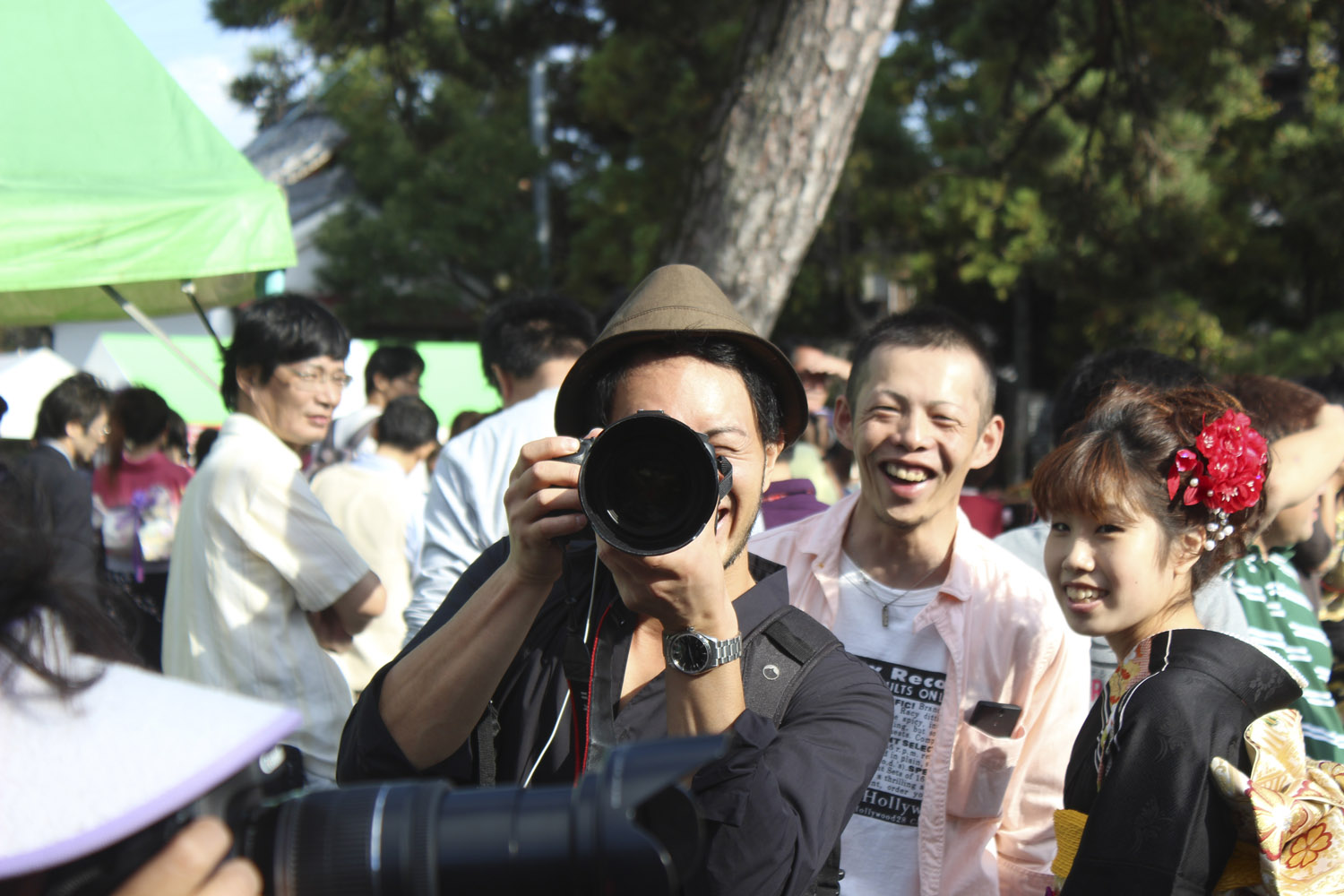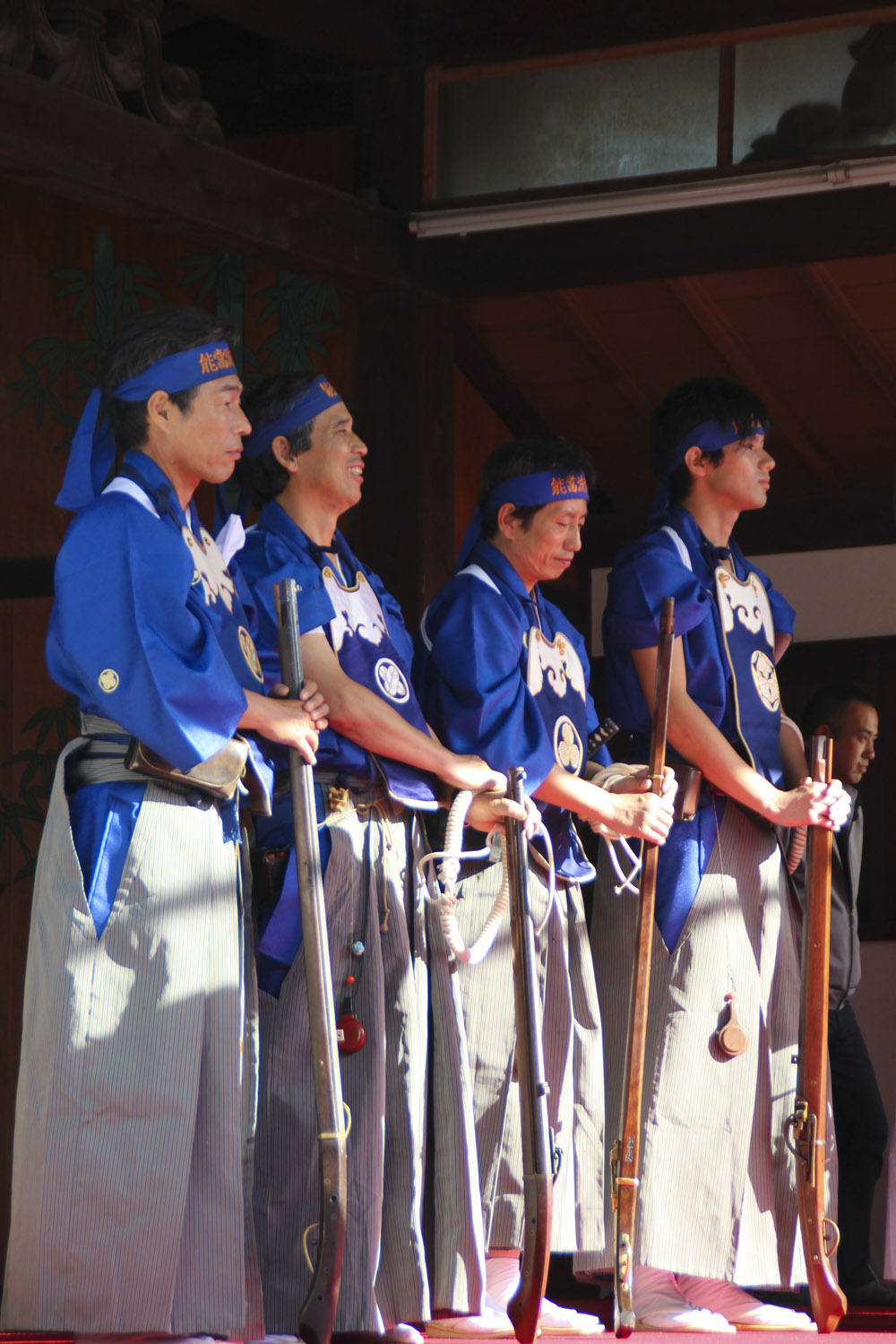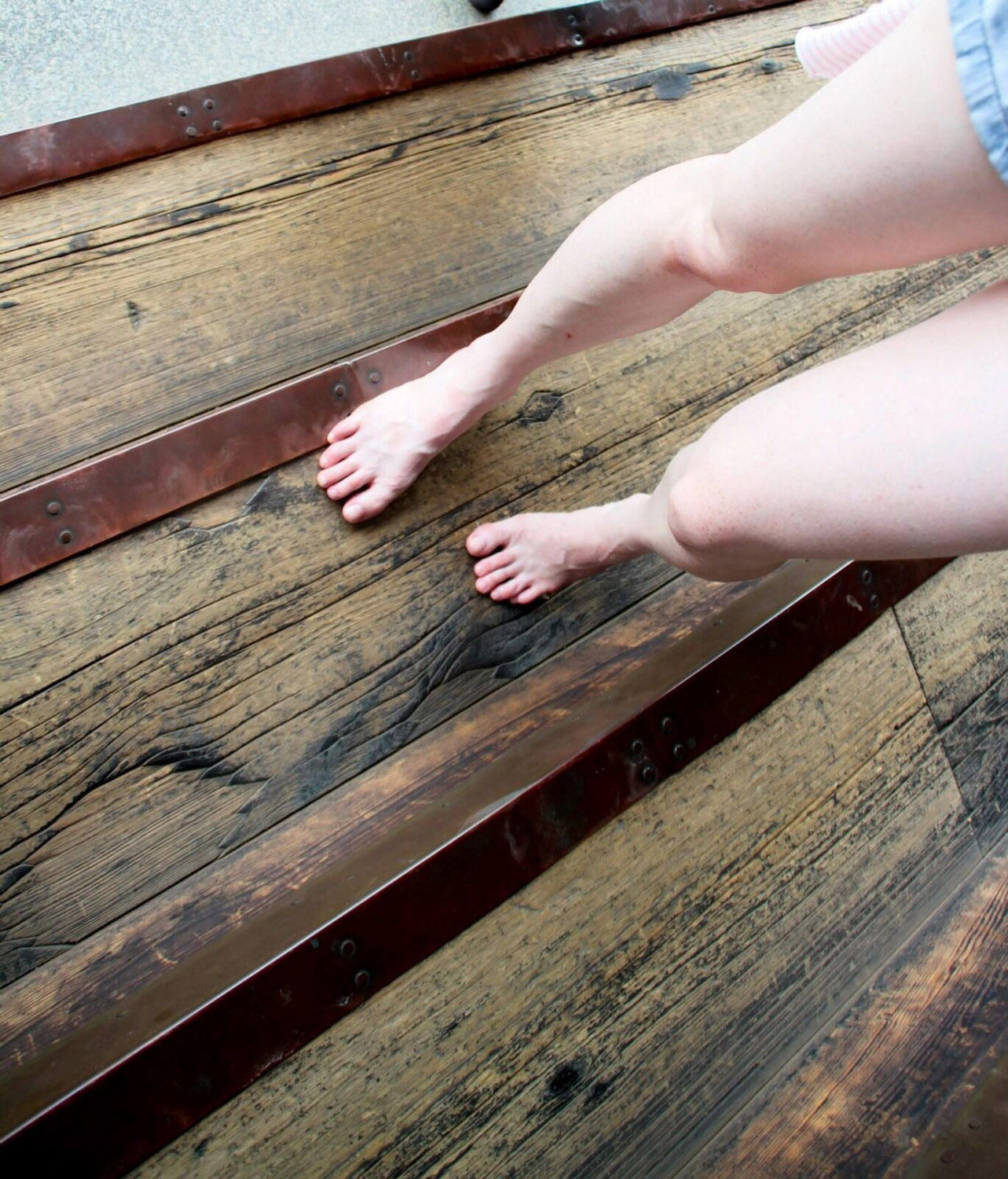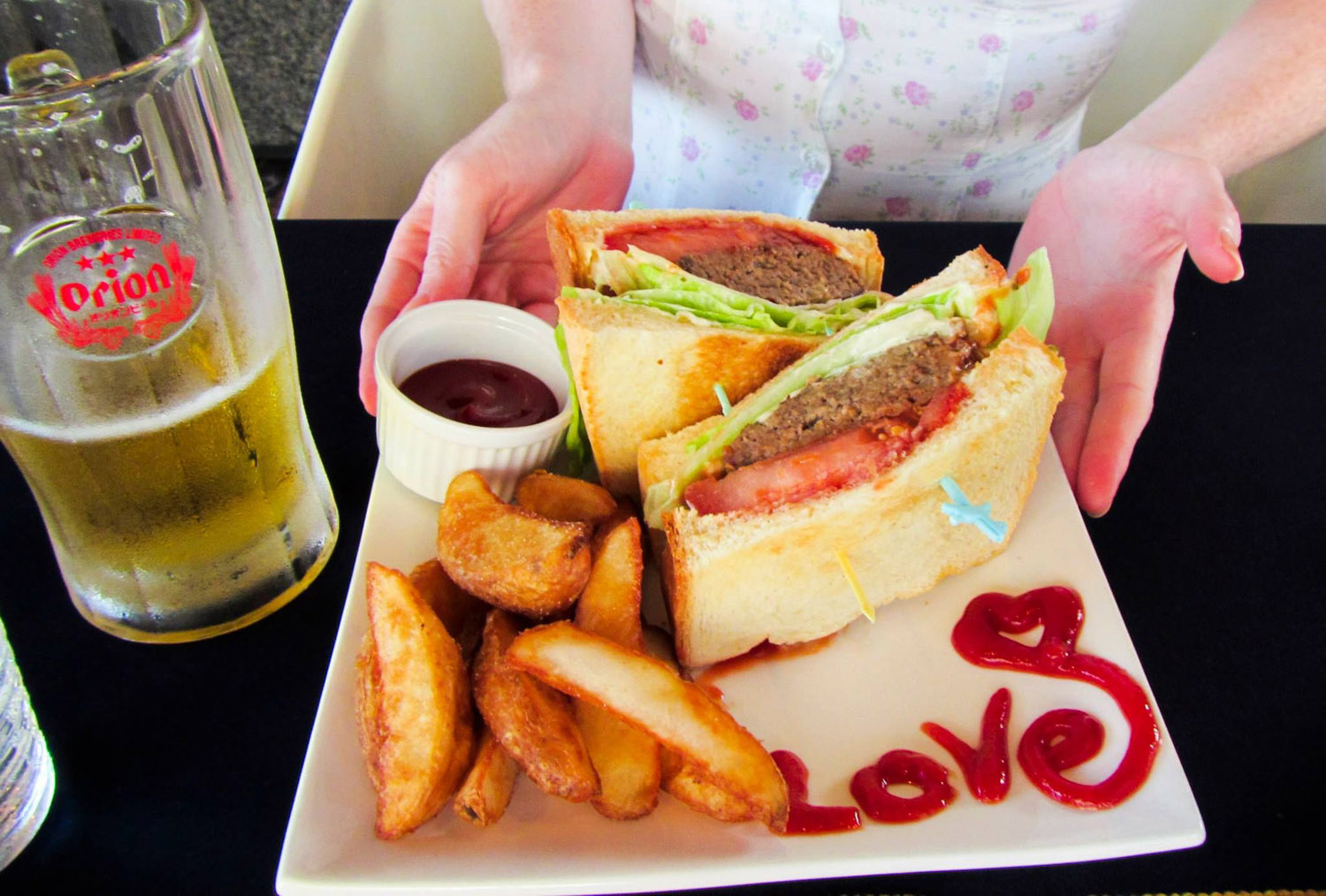I know! I’m late! I promised Beans this recipe ages ago, though, so I really wanted to wait for nabe night!
Vegetarian readers are also safe to stay this time! I’ll offer a few options for de-meating the dish as we go.
Those of you who are familiar with Kyuushockers will already know that our school lunches tend to be a bit light on the vegie side of things. Nabe is one of my favourite ways of making up for this; it’s an easy way to get HEAPS of vegies into yourself, without having to work very hard. Kin also approves of nabe because it doesn’t make a lot of dishes; all of the ingredients are popped into the communal stockpot, and you haul out whatever you fancy to eat, replacing ingredients as the pot empties.
Nabe ingredients differ with the season (which is a nice way of saying “with what’s on special at the supermarket/going leggy in the garden”). If you don’t have all of the ingredients in this recipe, leave them out or replace them with something else. Greens are greens, roots are roots; I would only recommend that if you’re having trouble sourcing/affording asian mushrooms, buy them dried or leave them out.
Dashi (Stock)
This is my weeknight dashi; I get a little more elaborate on the weekend. Take a piece of kombu, (dried kelp) around 20 cm by 10 cm and wipe off any white residue with a damp cloth. Soak the kombu in a litre of water for at least half an hour. Hell, leave it in there and go to work; it’ll be fine when you get home. Gently heat the water (skimming occasionally if you can be bothered; I can’t) until it is almost boiling, then whip out your kombu and discard it. 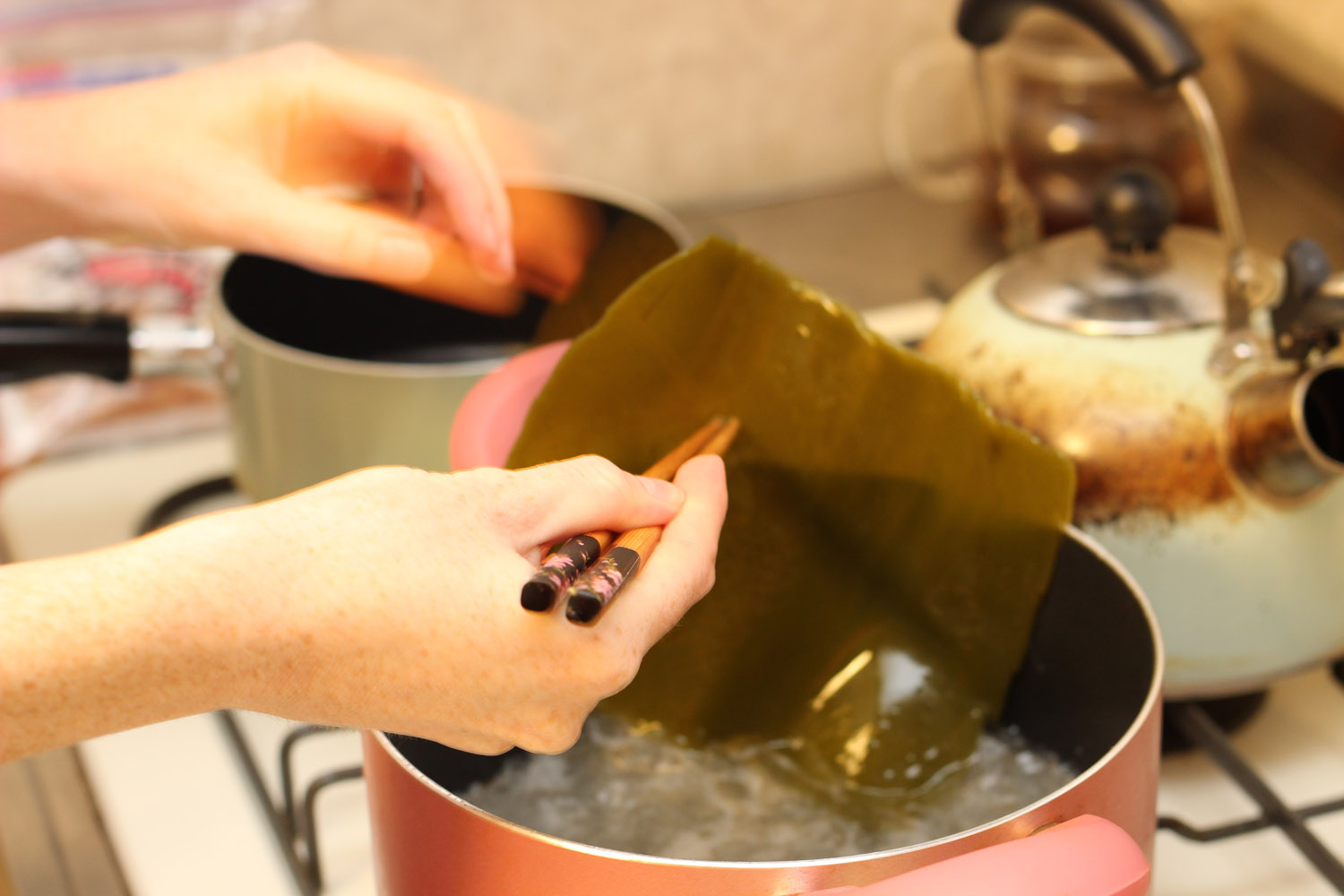
Next comes katsuo. Since it’s a weeknight, I’m using dashi granules, which are available at any asian grocery and, these days, probably at supermarkets as well. They tend to come in a blue packet and will have instructions on the side (even if the instructions are in Japanese, just look at the numbers; you’ll work it out). Mine comes in sachets to be used with 600ml of water; I’m using two and a half and adding 500ml to my kombu stock, so now I have 1500ml all up. Since I’m using dashi granules, the stock will be a little scummy on top; if that bothers you, give it a skim before you go any further.
If you are vegetarian, dried shiitakes make a gorgeous alternative to fish-based dashi; just pour boiling water over about eight of them in a saucepan and leave them to soak. You get mushrooms AND dashi! Kin and I aren’t vegetarian, but shiitake dashi is one of our favourites.
Now that your stock is prepped, you just need to pop it into your nabe pot (a big saucepan will do) and stick it on the hotplate. I then add a shake (probably about 50ml) of soy sauce and about the same of mirin. Tonight, we’re also having a dash of ponzu in there as well, just because we like it. Once it’s boiling, you’re ready to start adding ingredients!
Ingredients
Vary as desired; the dashi is the important bit.
- Chicken and/or fish (or extra mushrooms and cottony tofu for the vegos!)
- Tofu
- Udon noodles (fresh or dried). We’re also having konnyaku noodles!
- Flavourings (chopped green onion, grated ginger and garlic chives)
- Sliced root vegetables (One medium carrot and about 15cm of lotus root)
- Leafy greens (Pak choy, bok choy, chrysanthemum greens and about a quarter of a wombok)
- Mushrooms (shiitake and enokitake)
The quantities are up to you. The first time you make it, try a bunch of each thing and see if you need more or less. The best order to pop things into your stock is:
Then go mad and throw in whatever you’d like!
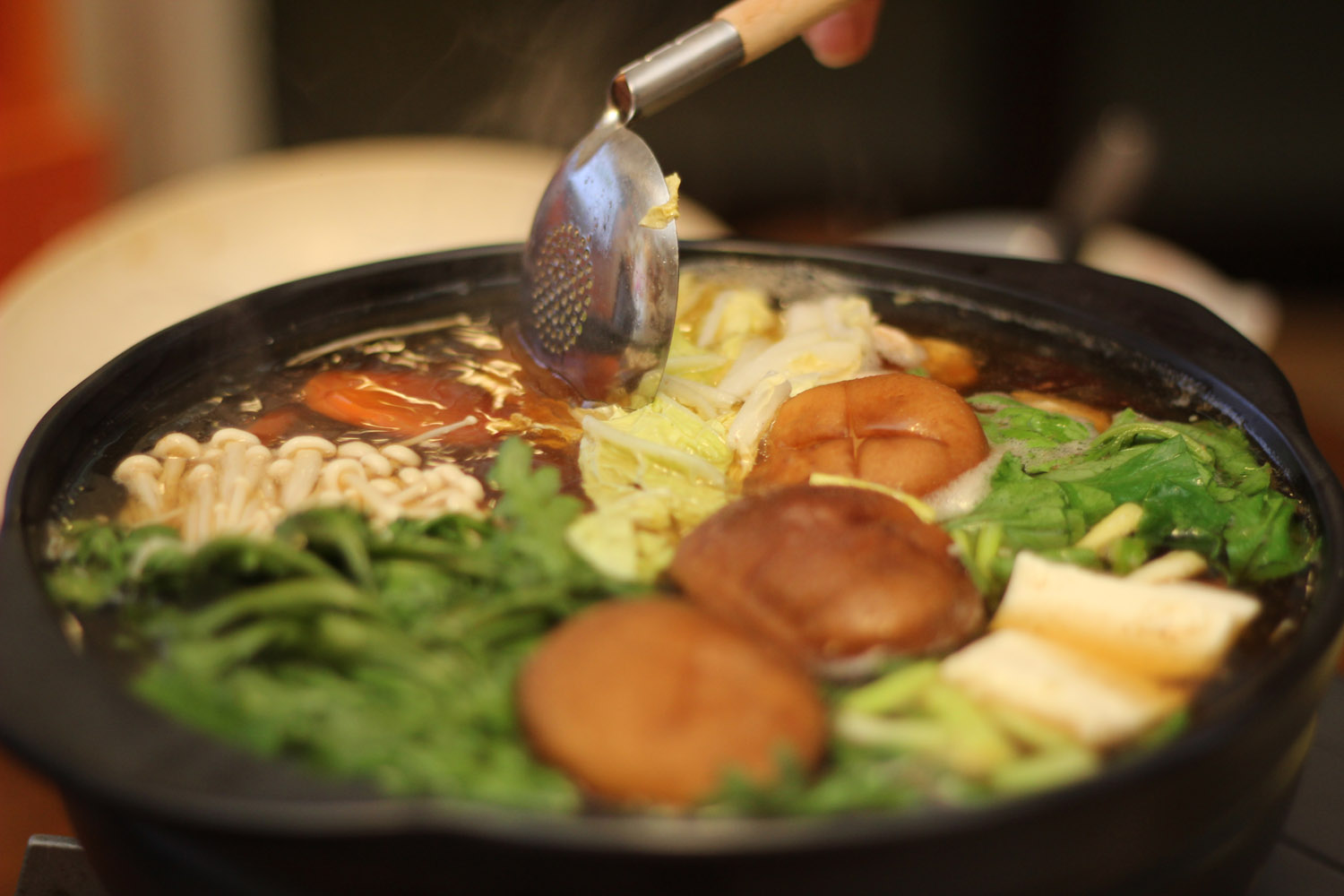
On nabe nights, cooking and eating happen simultaneously, so you’ll only need a very small bowl each, with a soup spoon and chopsticks. You’ll also need at least one slotted spoon and a ladle for scooping out your dinner! When the ingredients you fancy are ready, ladle them into your bowl, devour them, then ladle out some more. Keep topping up the pot until everyone is full. (Needless to say, meat is the ONE ingredient that absolutely cannot be added later, unless you’re going to let the soup boil by itself for a little while). If you don’t have a portable hotplate, you can also prepare your nabe on the stove.
Traditionally, rice or noodles were added at the very end of the meal and then enjoyed in the soup, but Kin and I enjoy our noodles with the rest of the ingredients, so we stick them in a few at a time and haul them back out as we fancy them.
Chanko nabe is warming, hearty winter comfort food that still manages to be extremely high in fibre and nutrients. I love it after workouts and Kin loves it any time at all, especially since he gets the leftovers for breakfast. Nabe is also cheap (because you toss in whatever you can get) and super-fun to serve to guests!
What are your go-to dishes in winter?
Gem
XX
